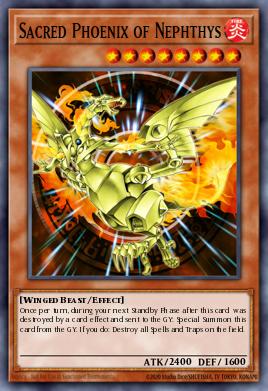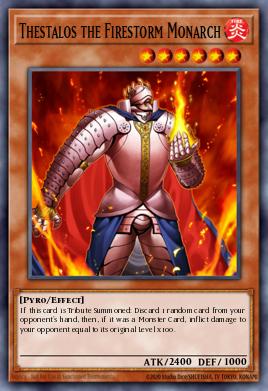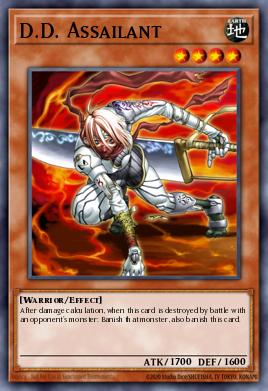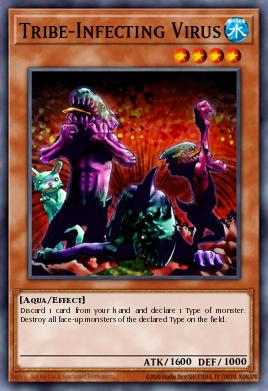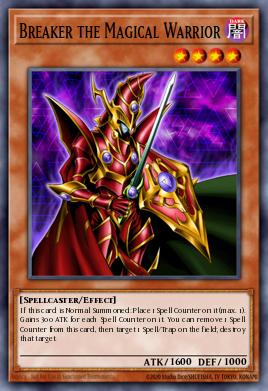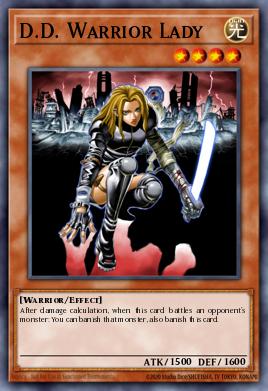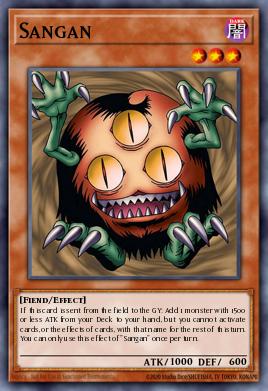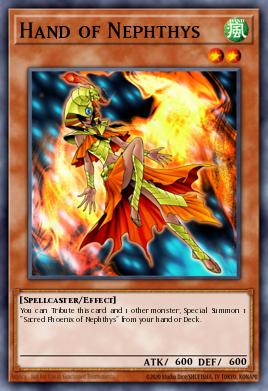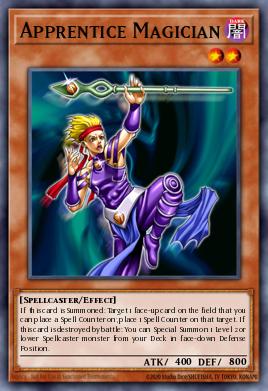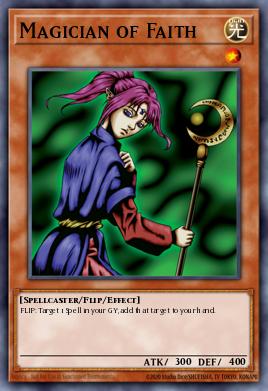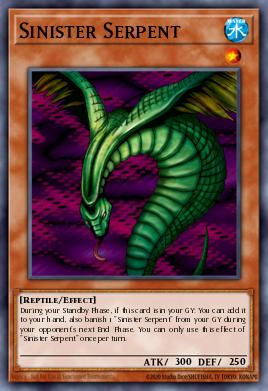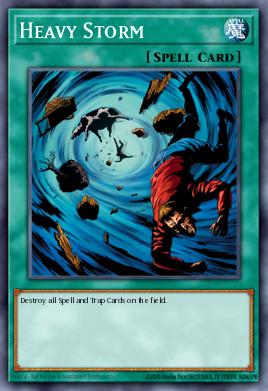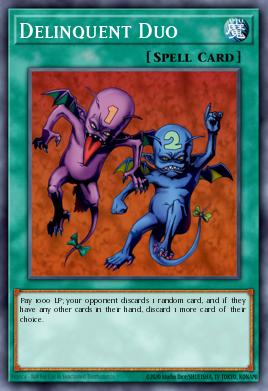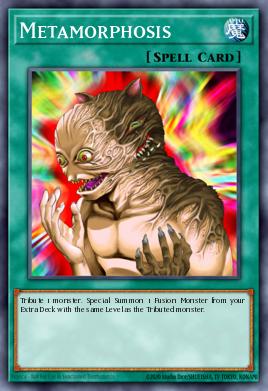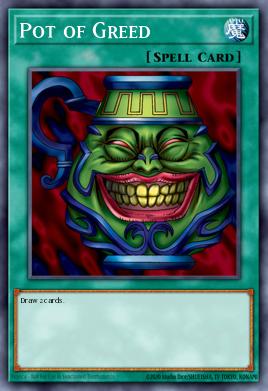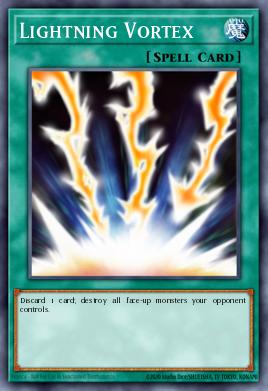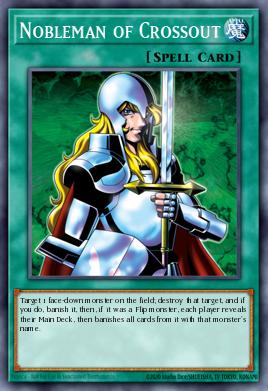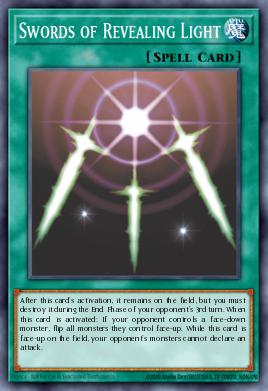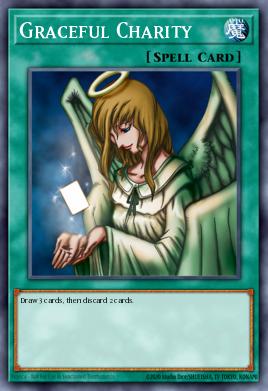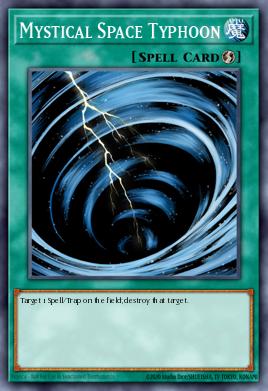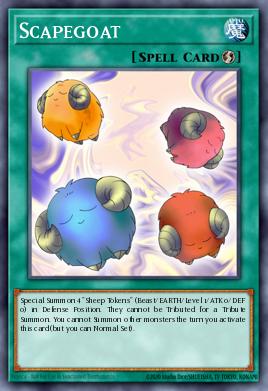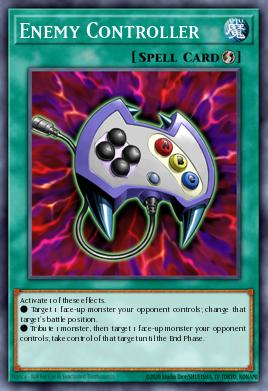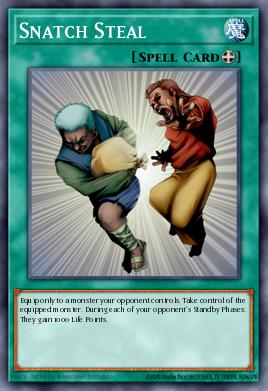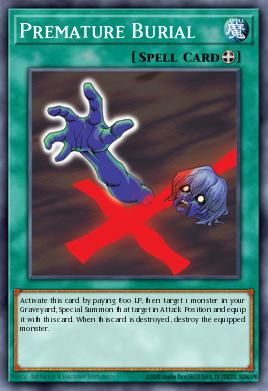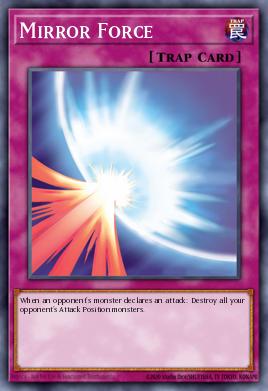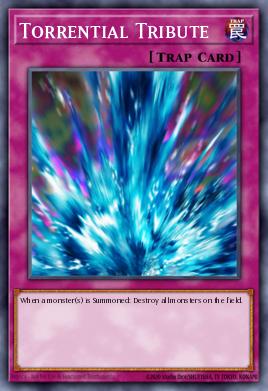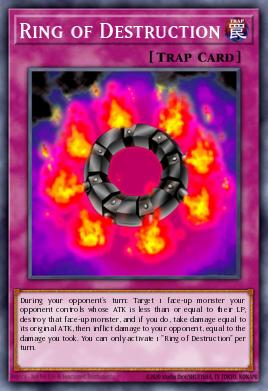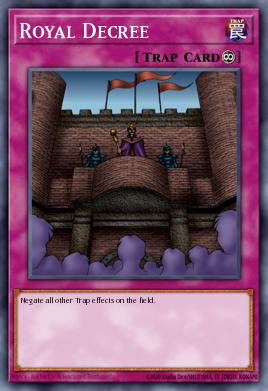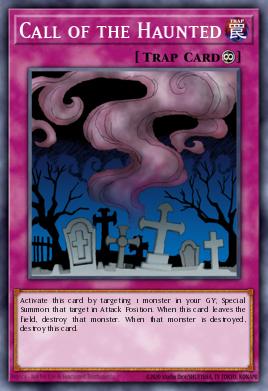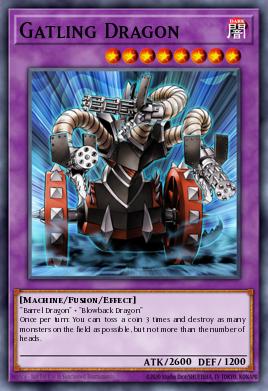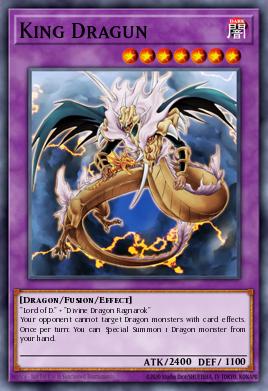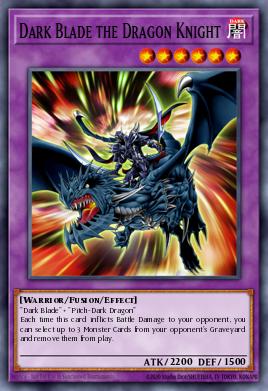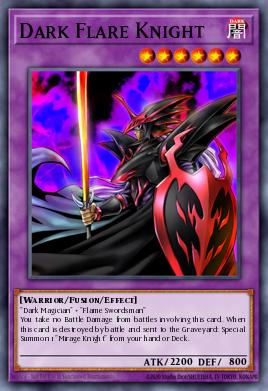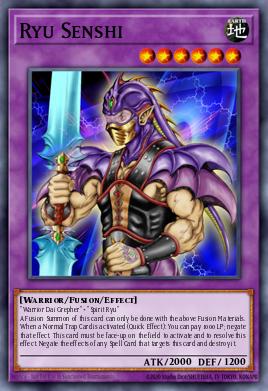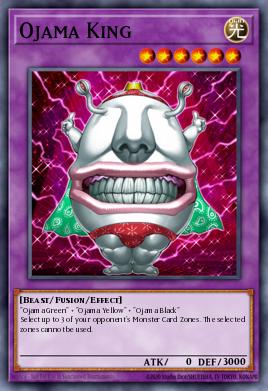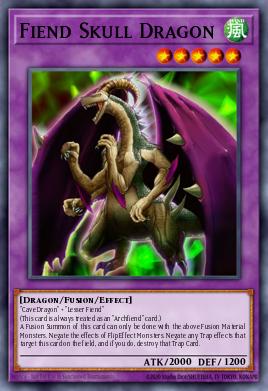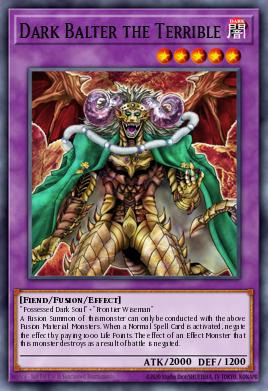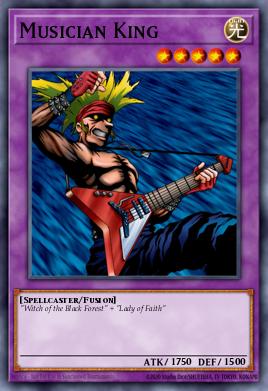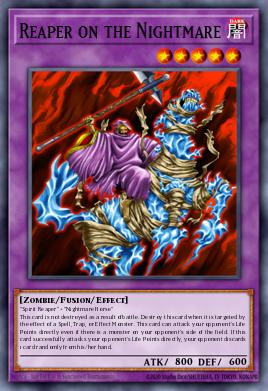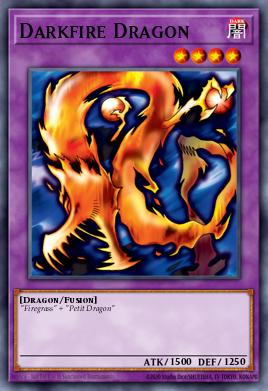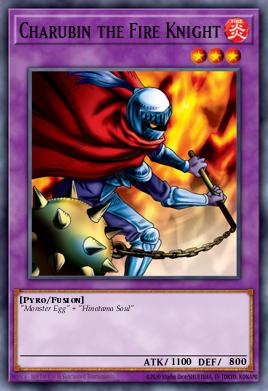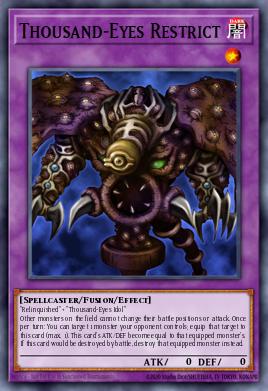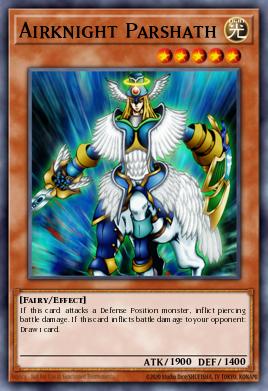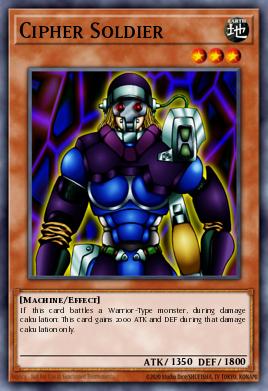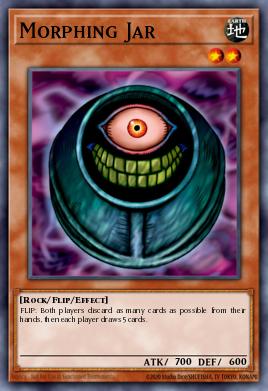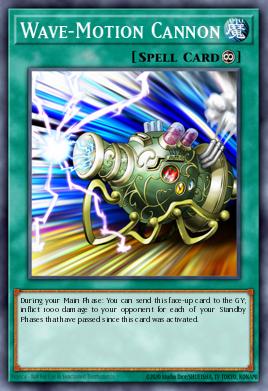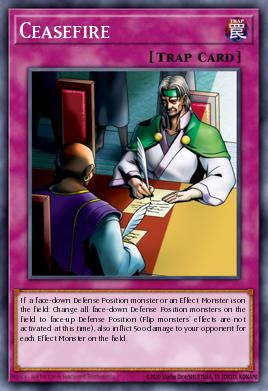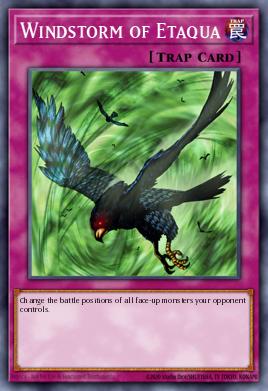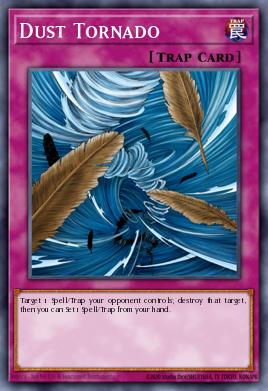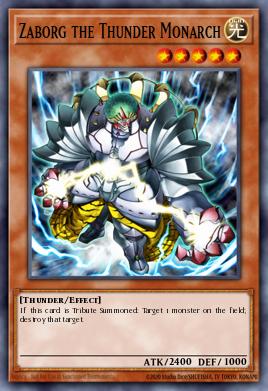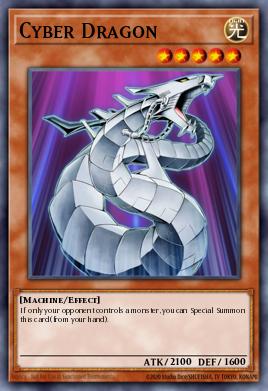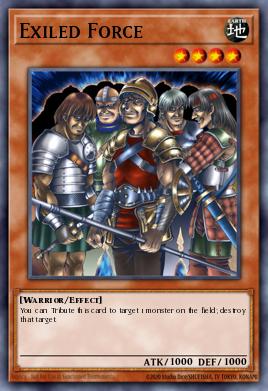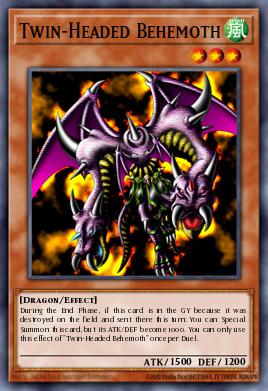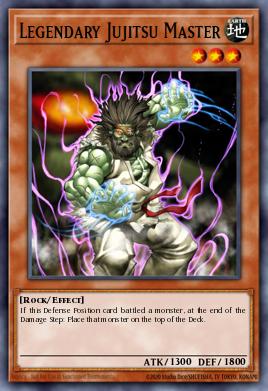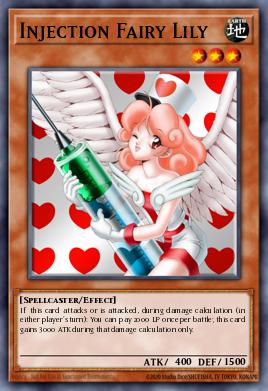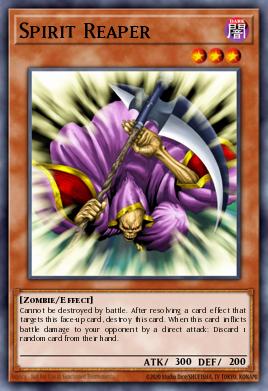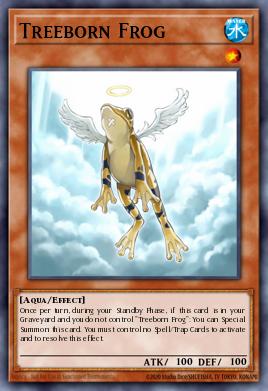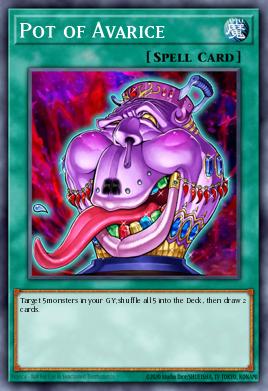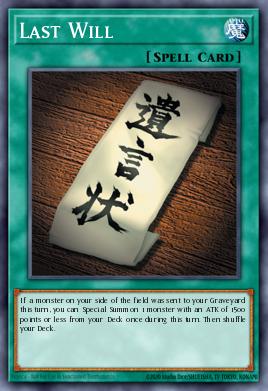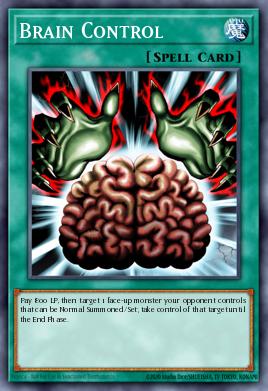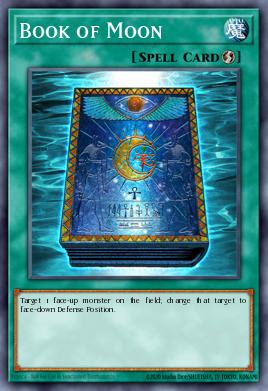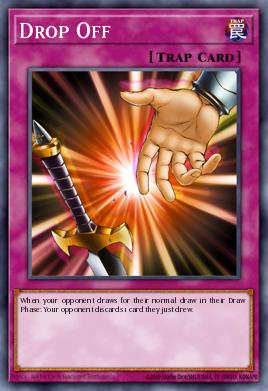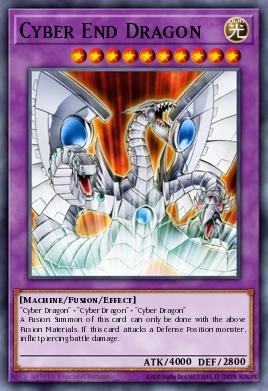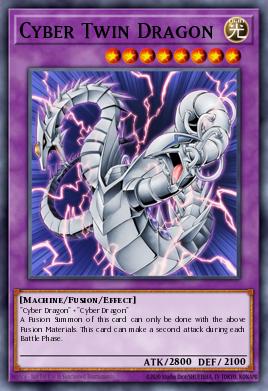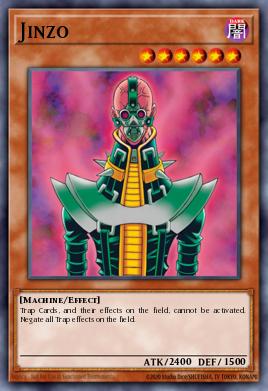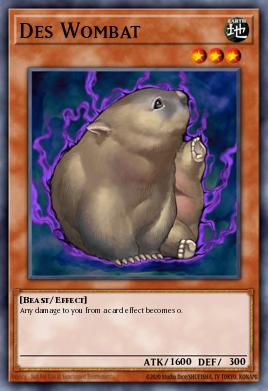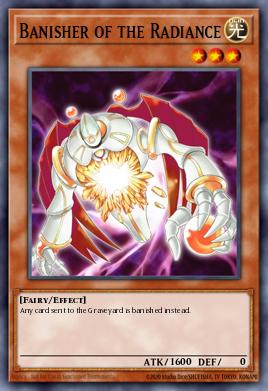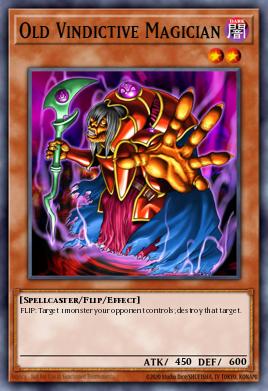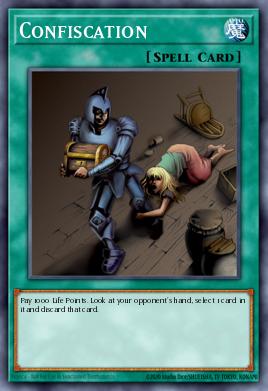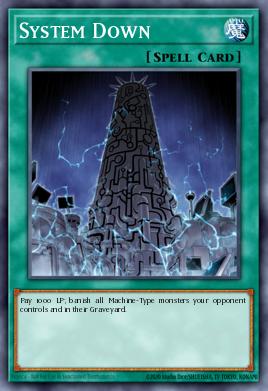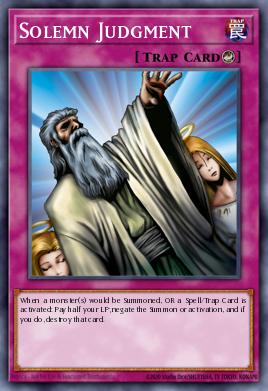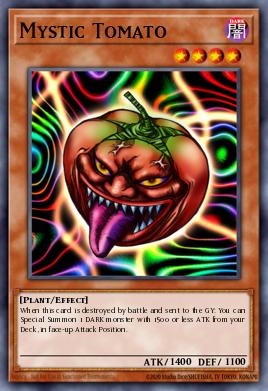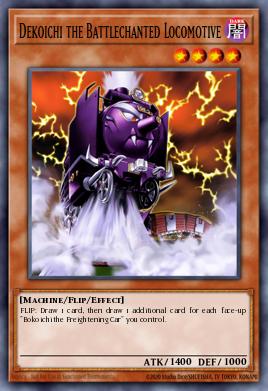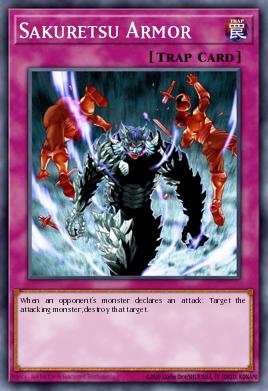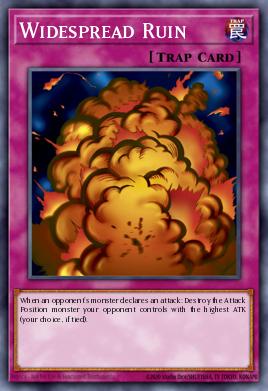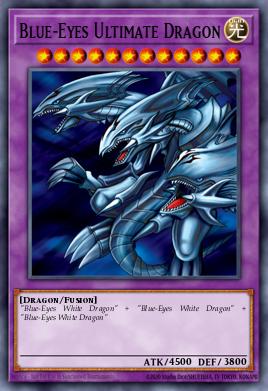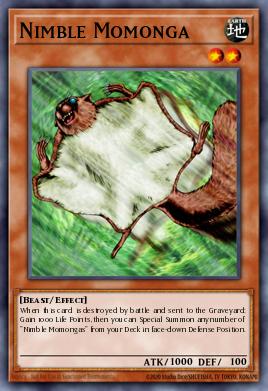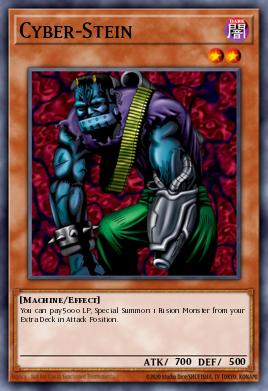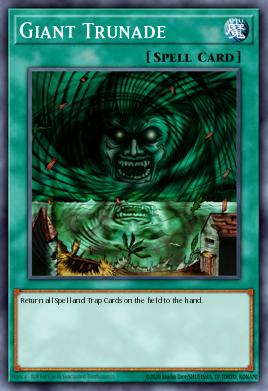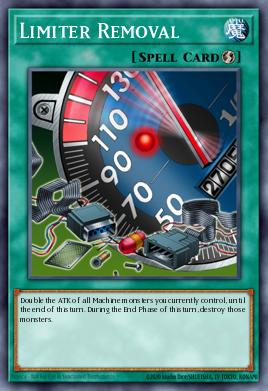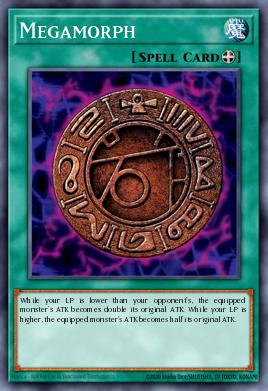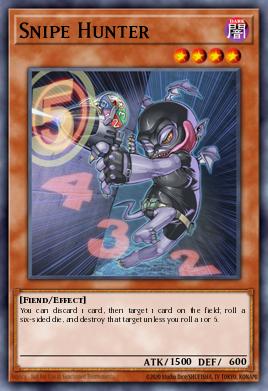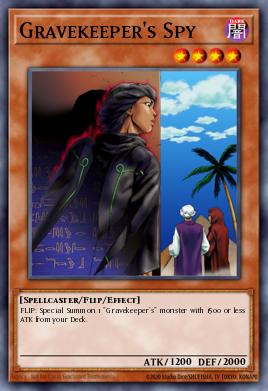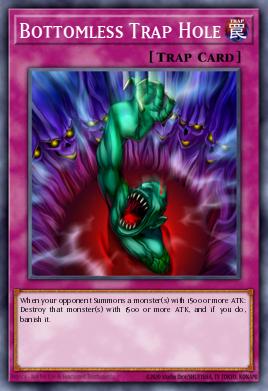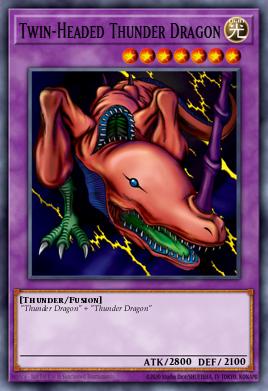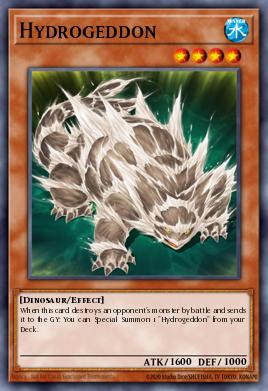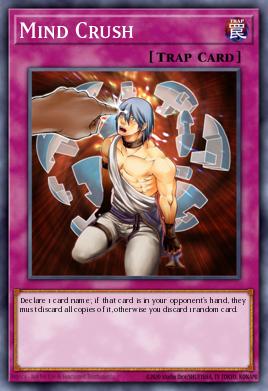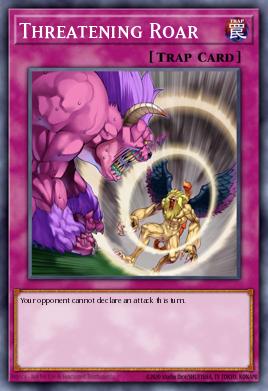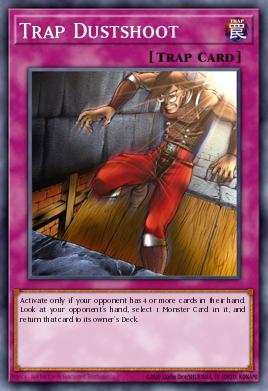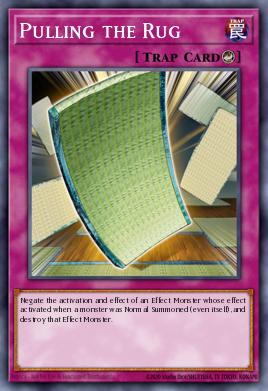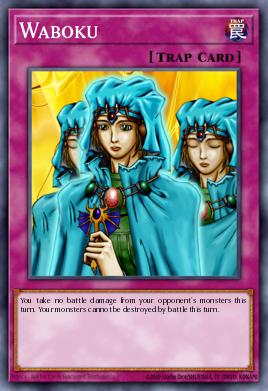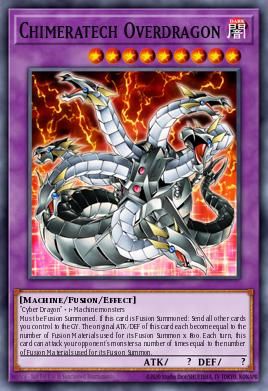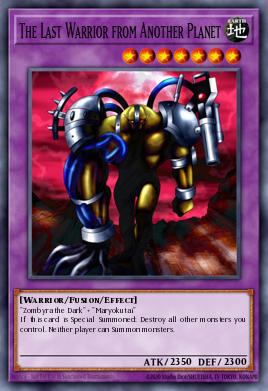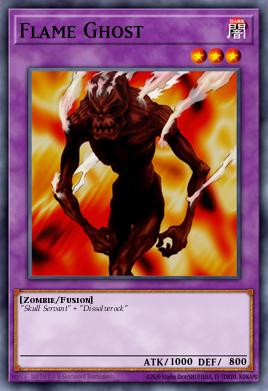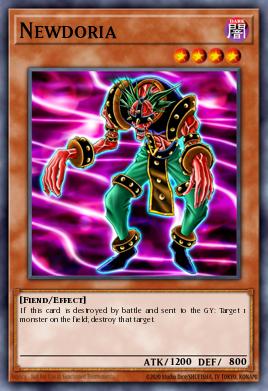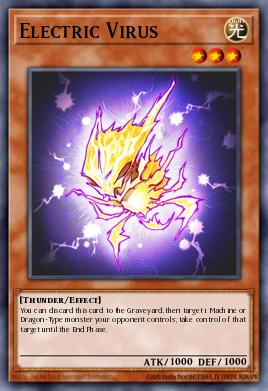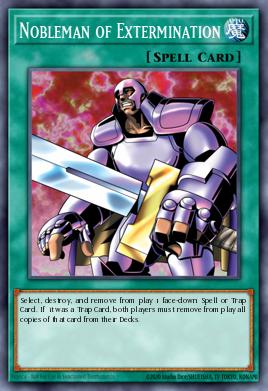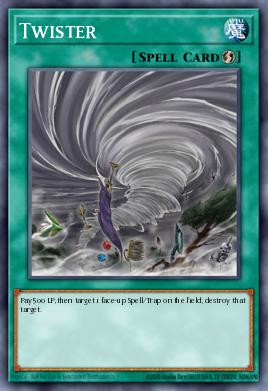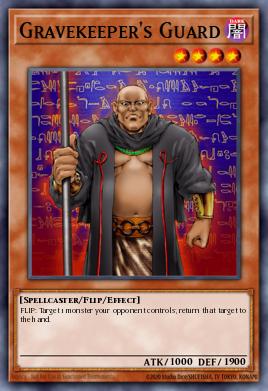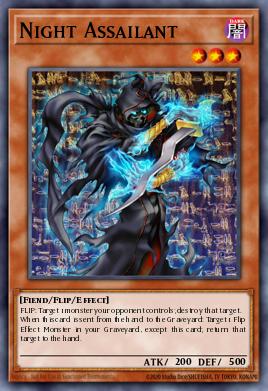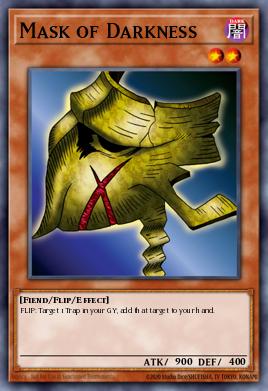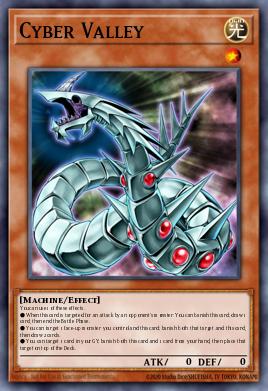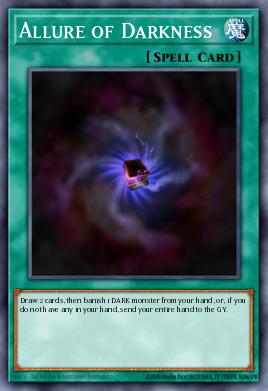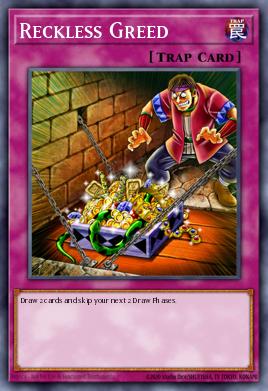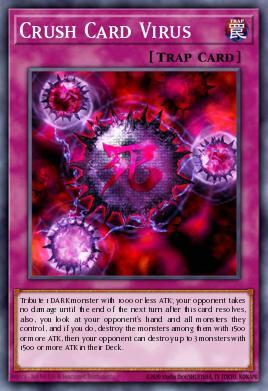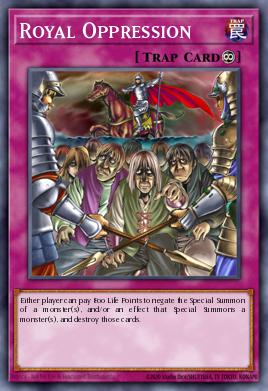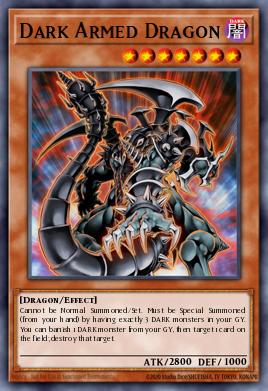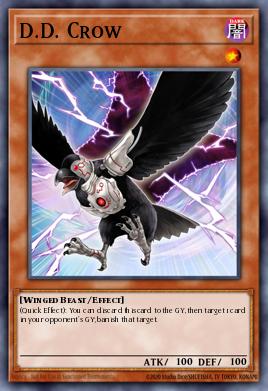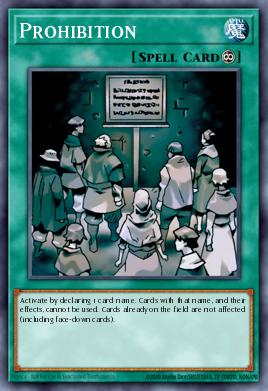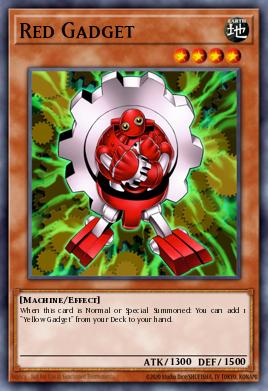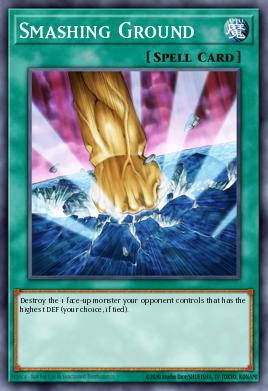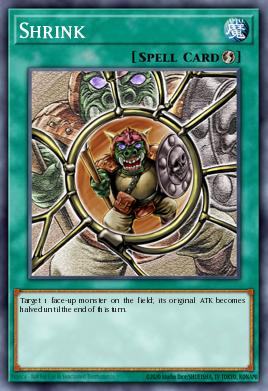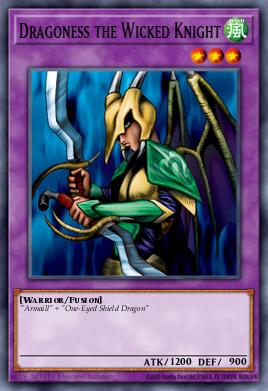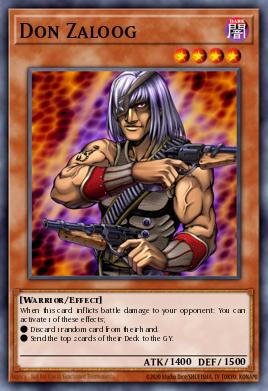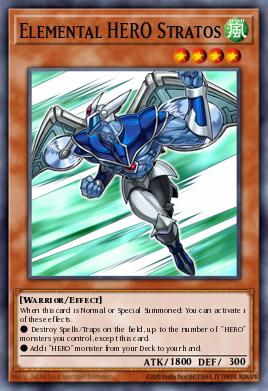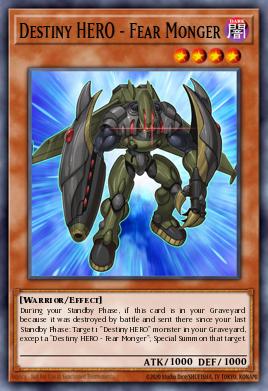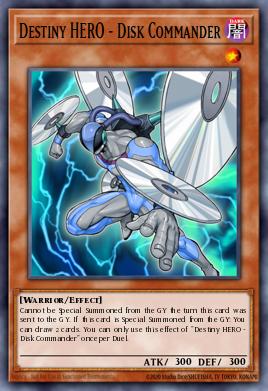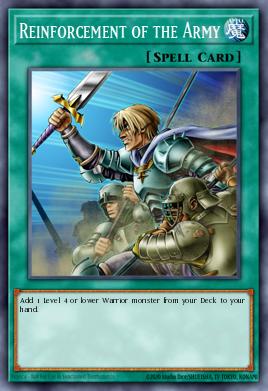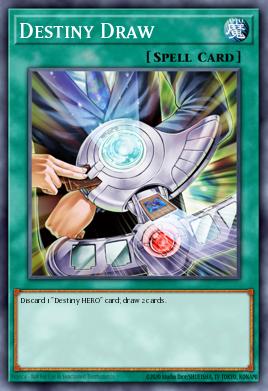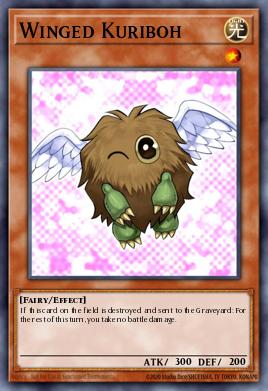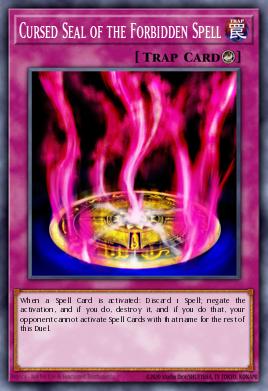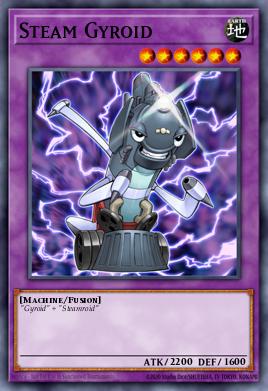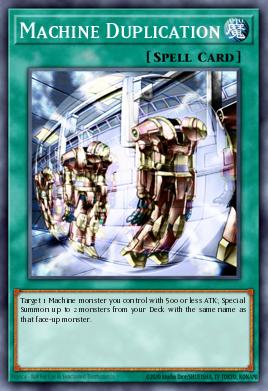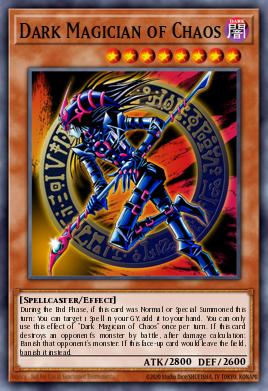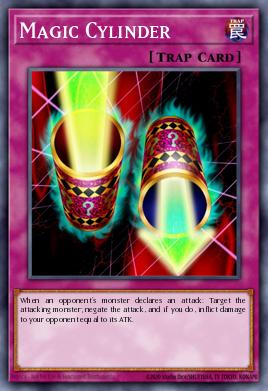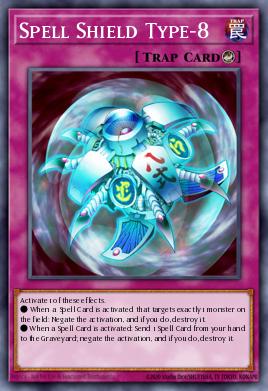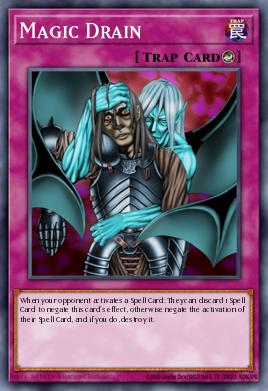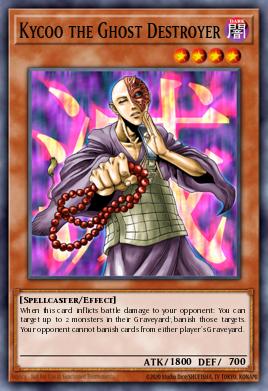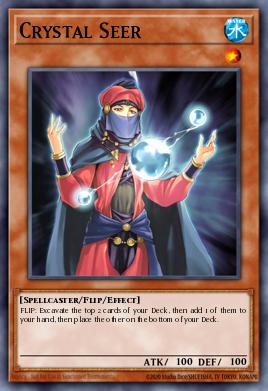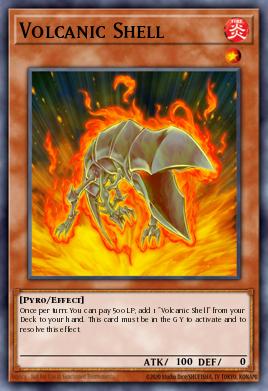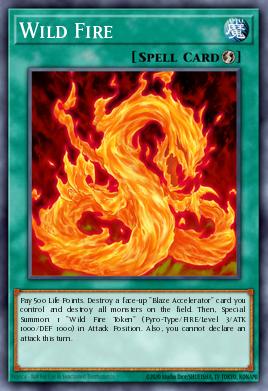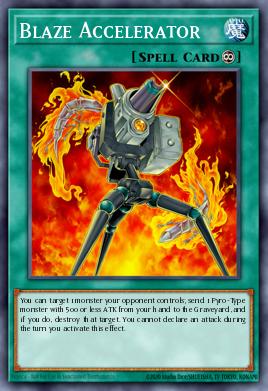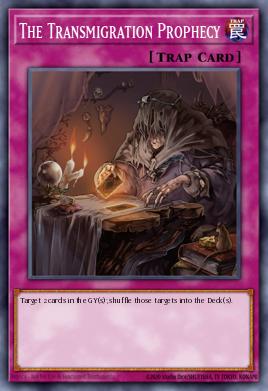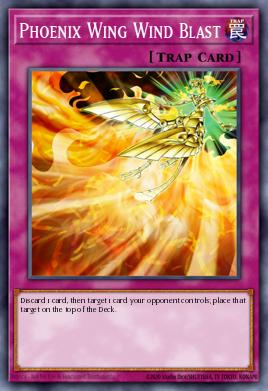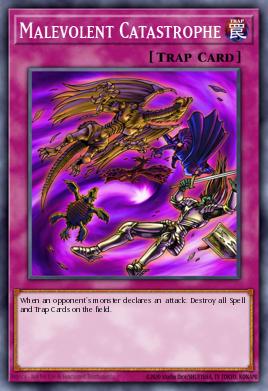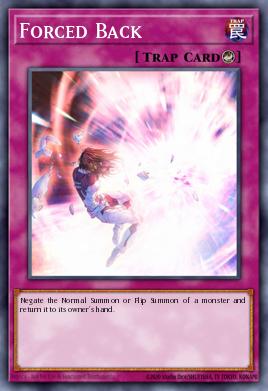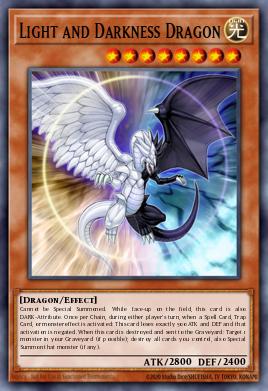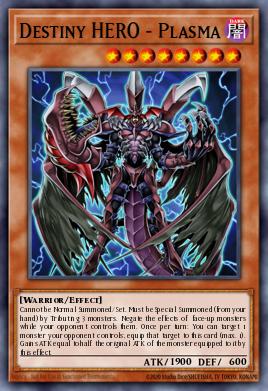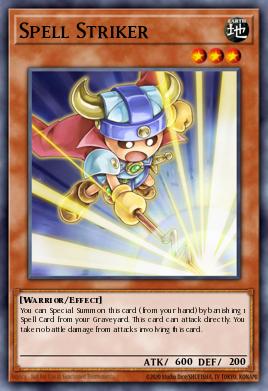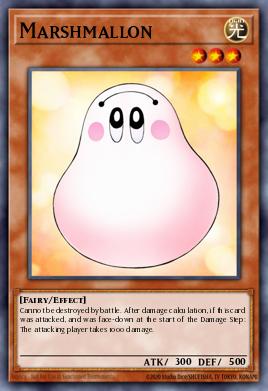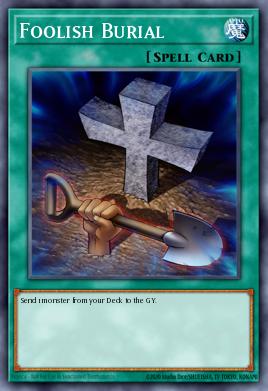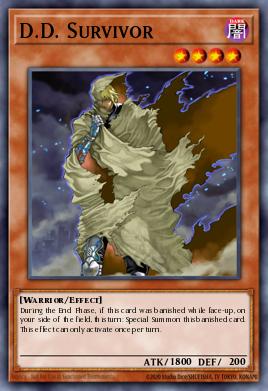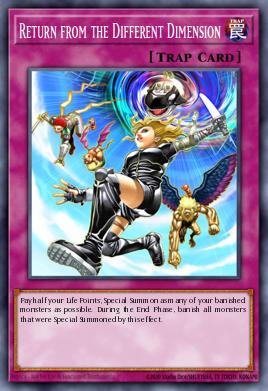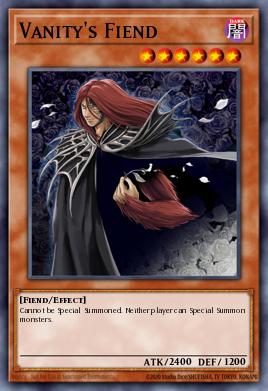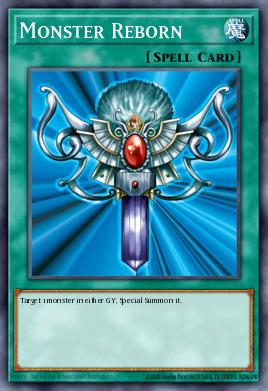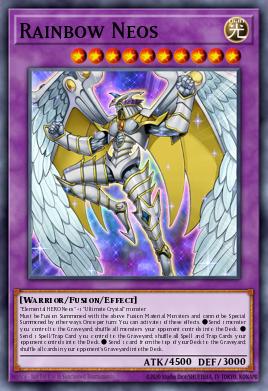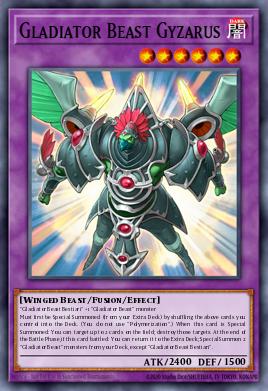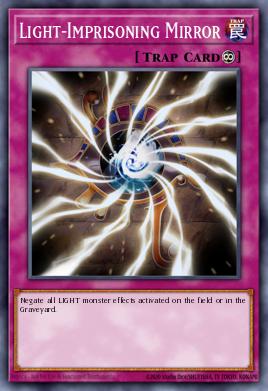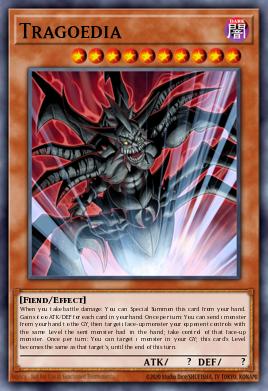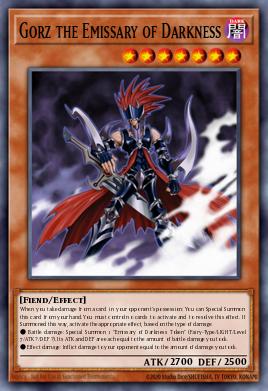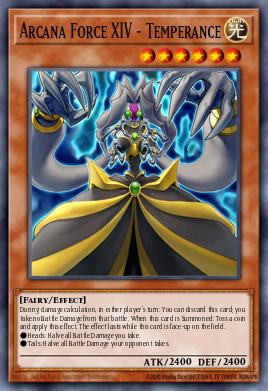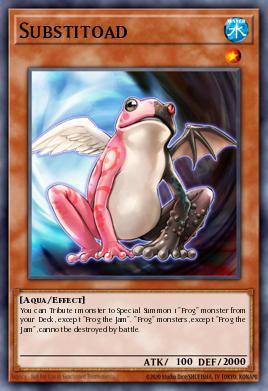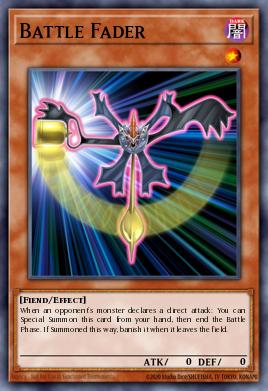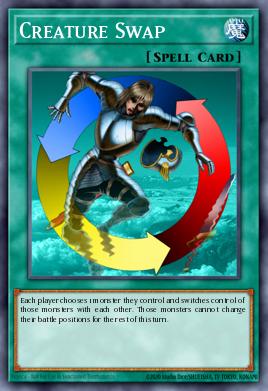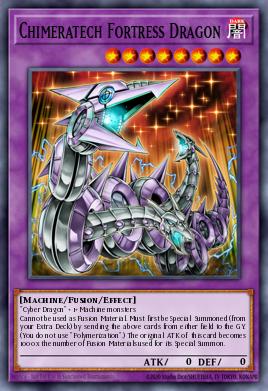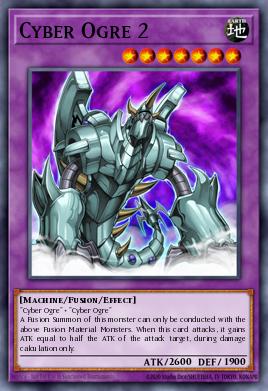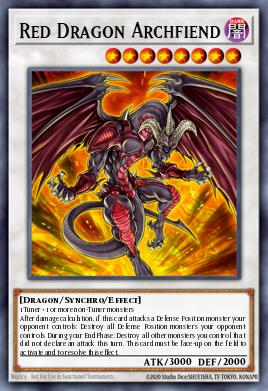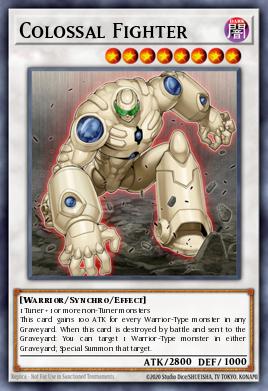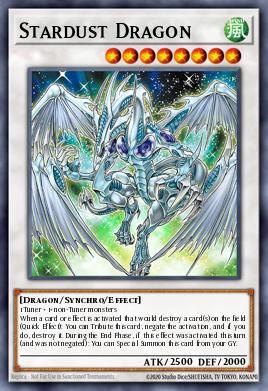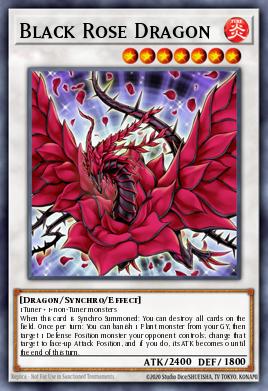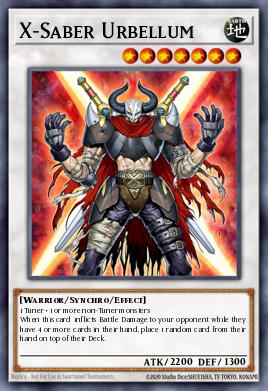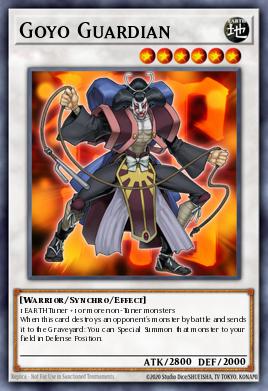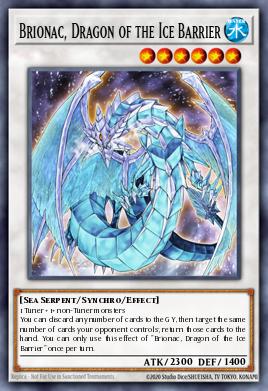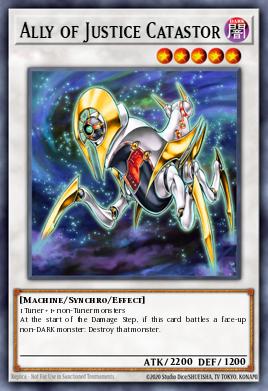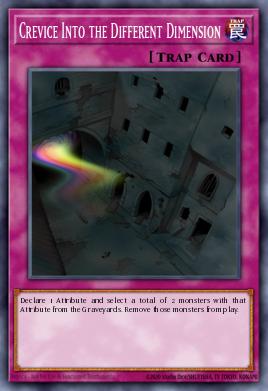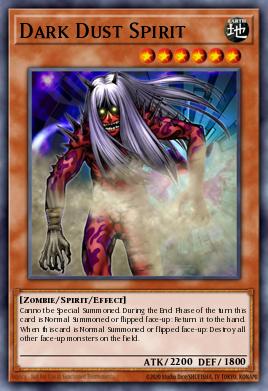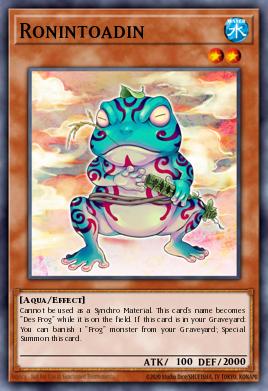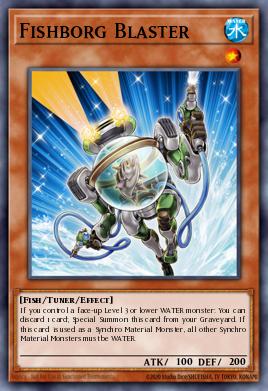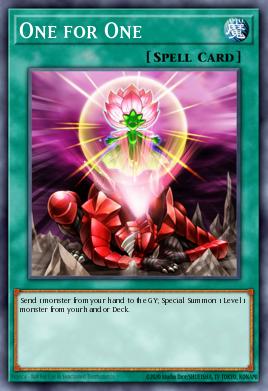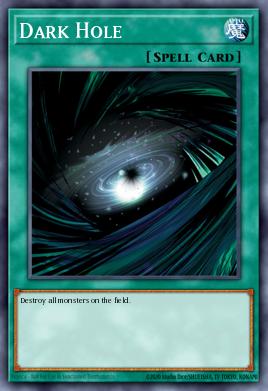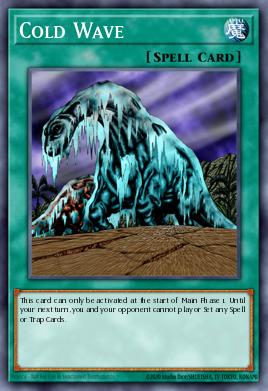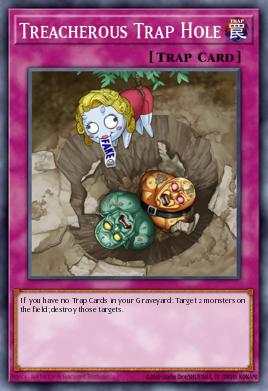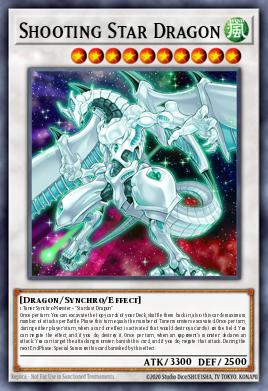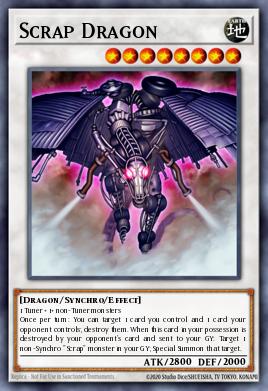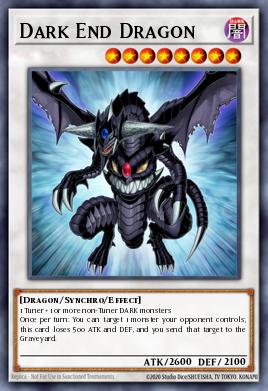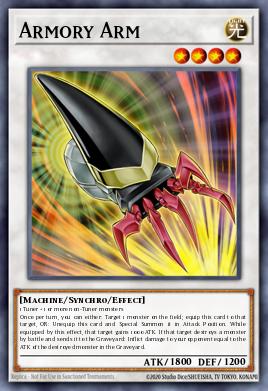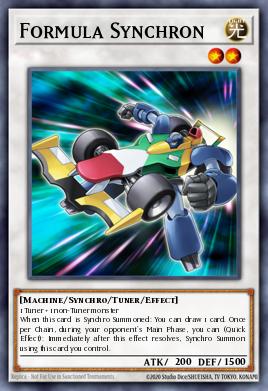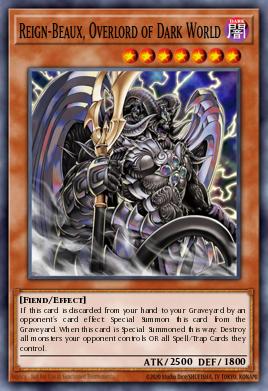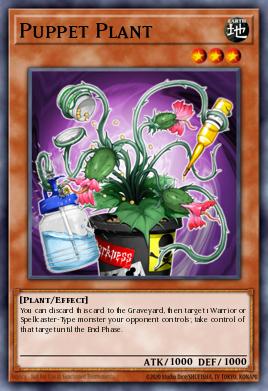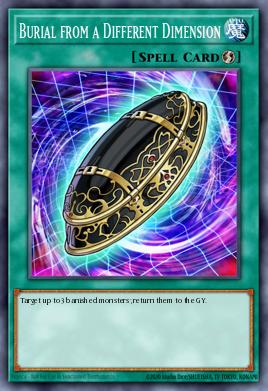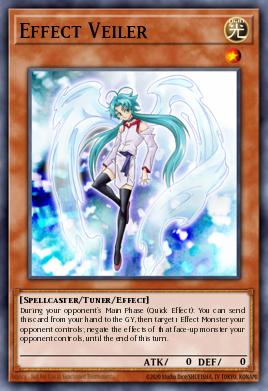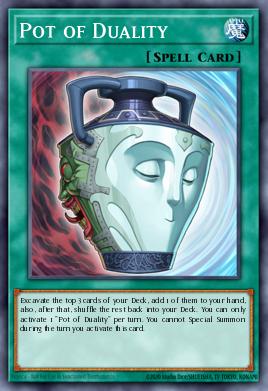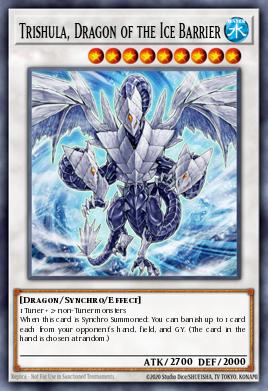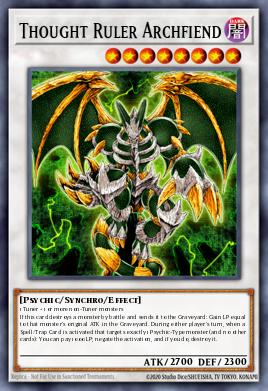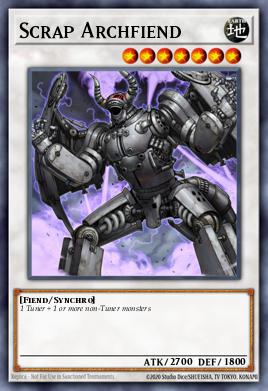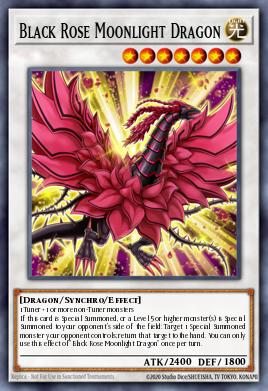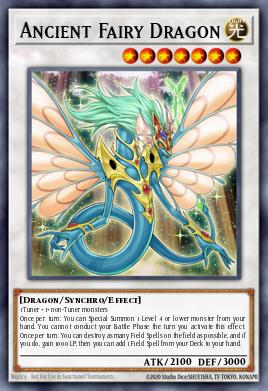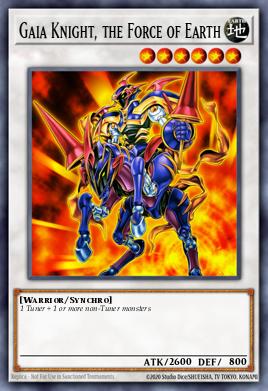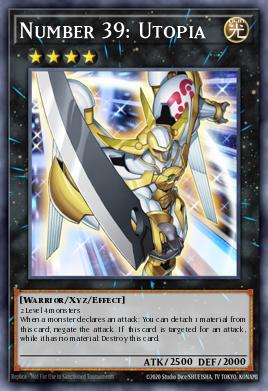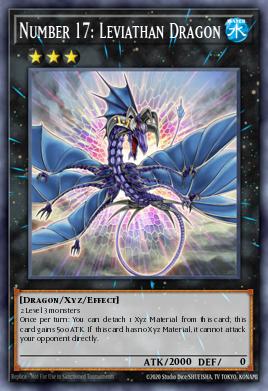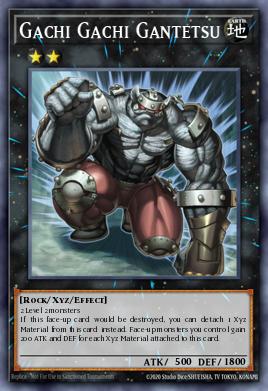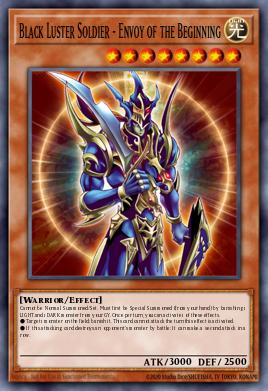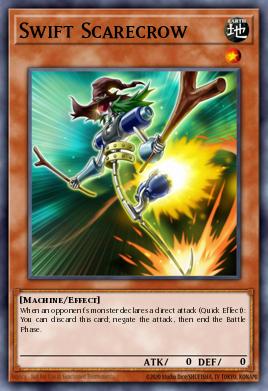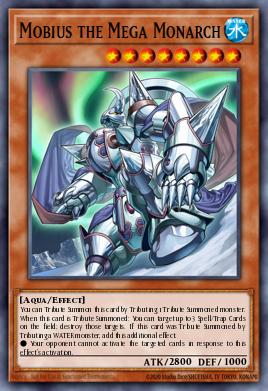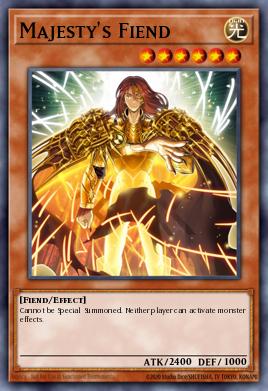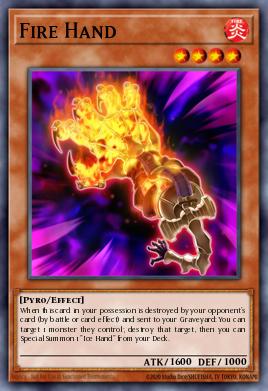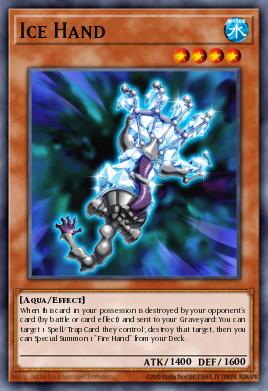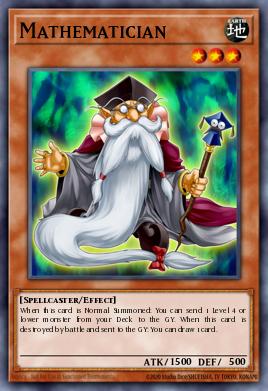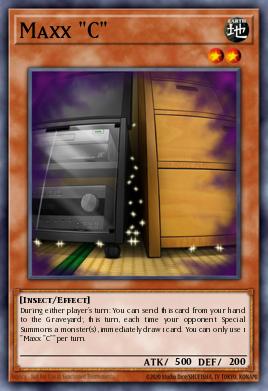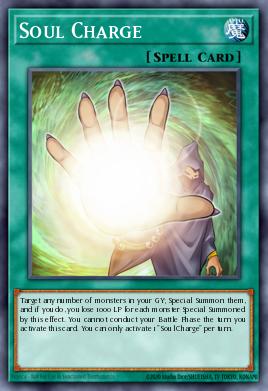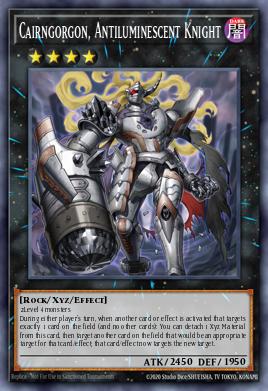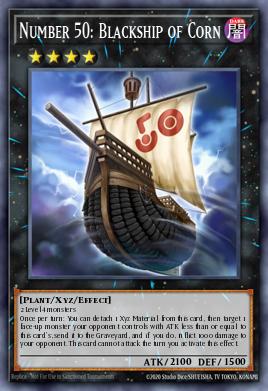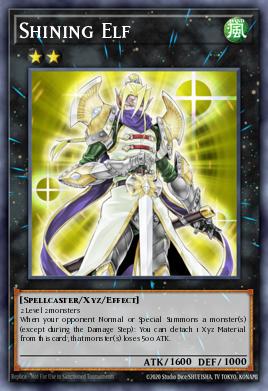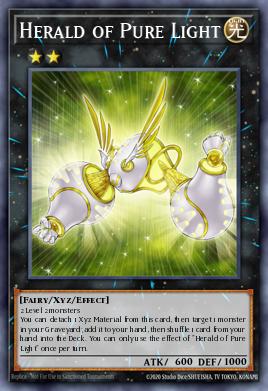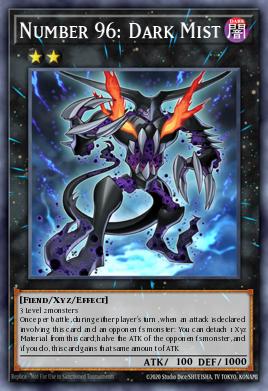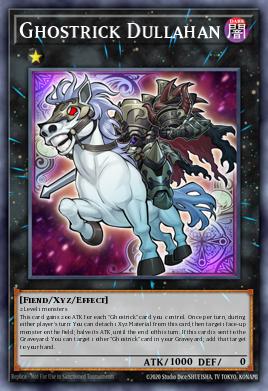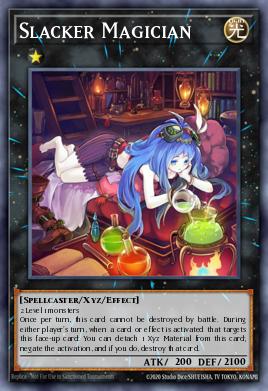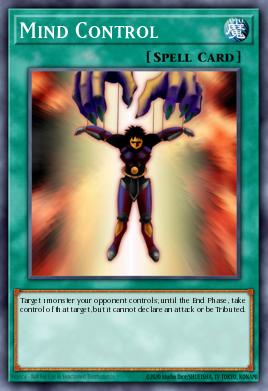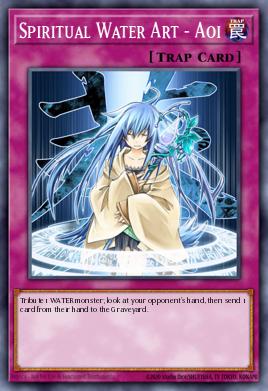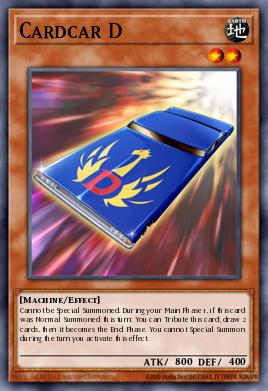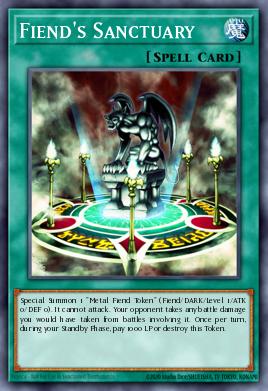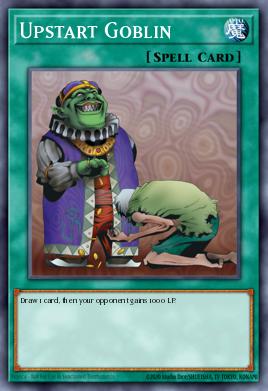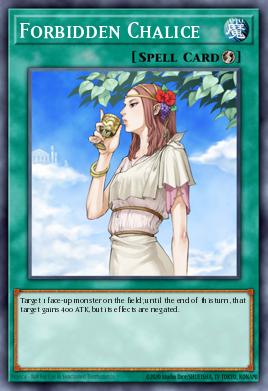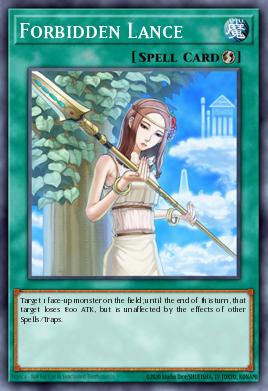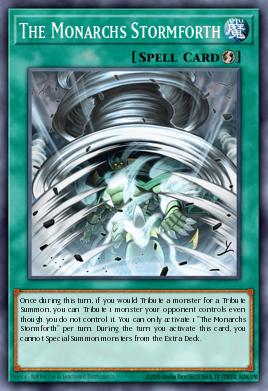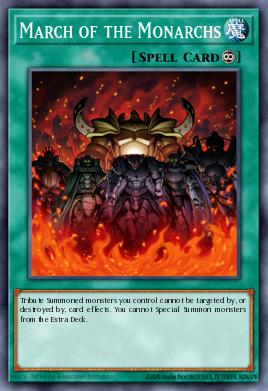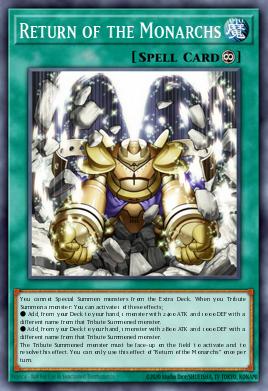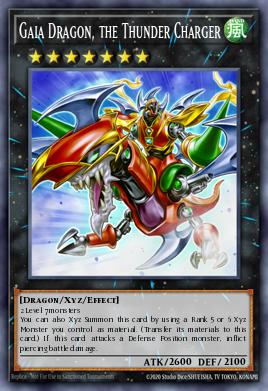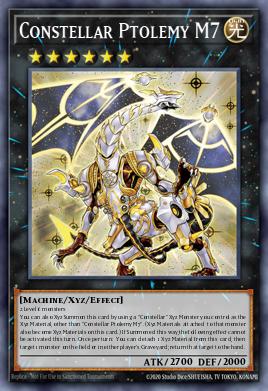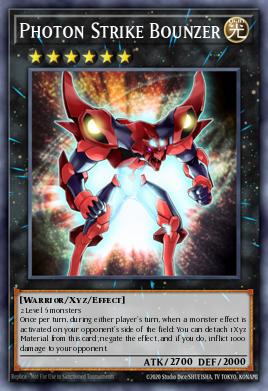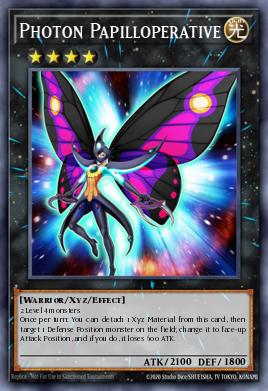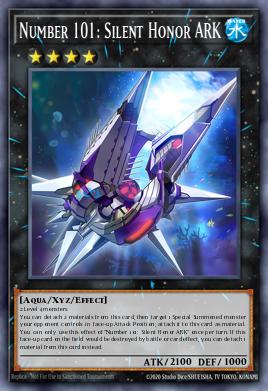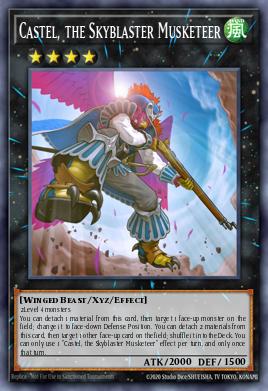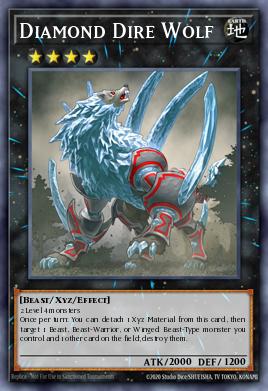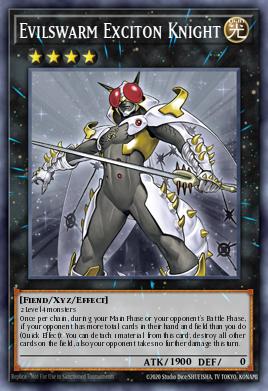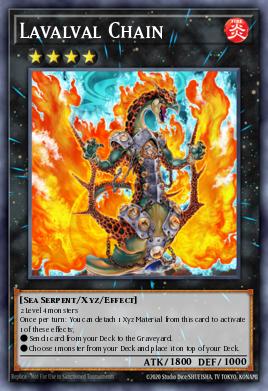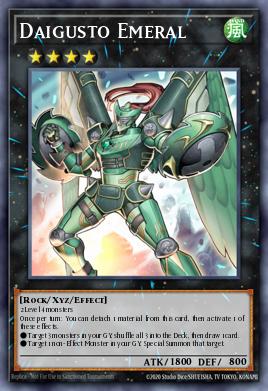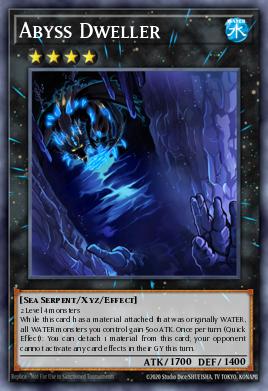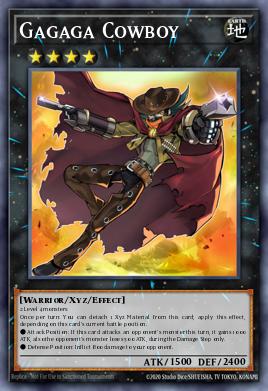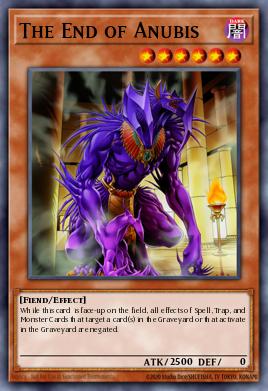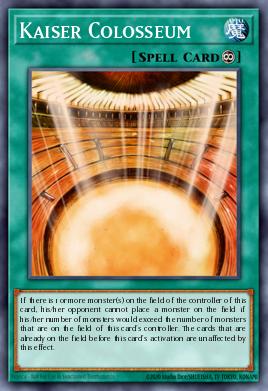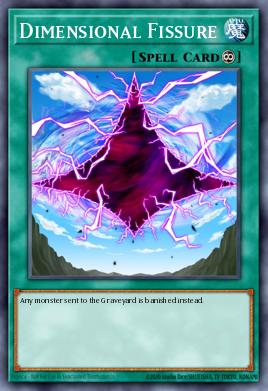A sovereign head of state, especially a king, queen, or emperor. That is the definition you get if you look up Monarch. Yu-Gi-Oh is familiar with their own Monarchs, and we can safely say that definition holds true for them. Monarchs are a group of monsters that debuted at the tail-end of Duel Monsters and beginning of GX. Since then, they have given us some of the most powerful tribute monsters in the game. In this series, I will go over the history of Monarchs to see their impact on the competitive Yu-Gi-Oh scene. We'll analyze each Monarch separately and look at some Decks known for their focus on these powerful cards.
Introduction
As we've established, the Monarchs are pretty good as individual cards. Most of the originals were meta relevant staples, some being the best Tribute Summons in the game. Now we get to the stage where we look at the Decks that specialized in Monarchs. The Decks I intend to go over were mainly built around trying to offer the fodder to summon any of the Monarchs. It doesn't matter which ones they ran, just as long as they had a few of them.
Soul Control (2005-2007)
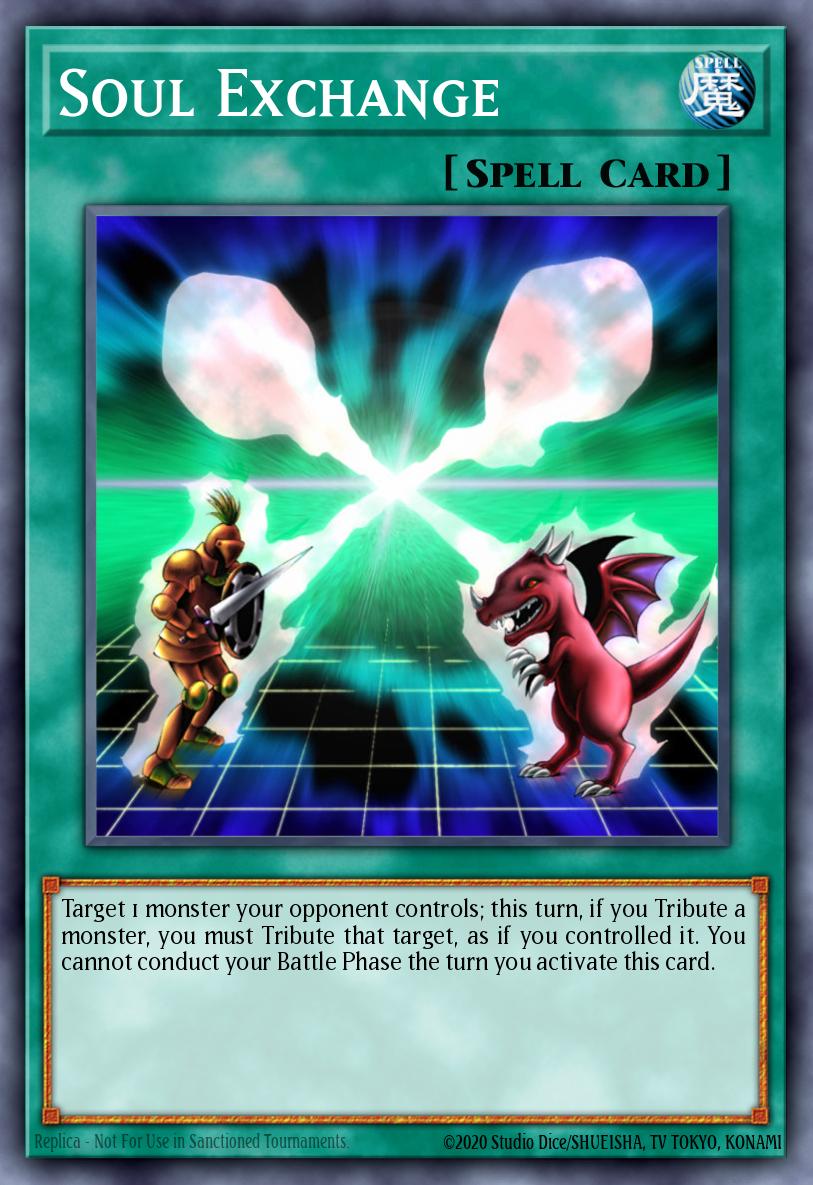
Soul Control is a reminder of one of the classic ways to make use of Monarchs. This Deck focused on resolving Soul Exchange to use an opponent's monster for a Tribute Summon. This way you get a powerful monster while outing an opponent's monster threat. This helped generate your advantage ny getting rid of an opponent's monster first. The second bit of advantage generation is resolving your Monarch effect. The two common choices were Mobius for backrow removal and Thestalos for hand control.
The early variant of Soul Control in Goat Format also made use of Monarch's synergy with the Metamorphosis/Scapegoat combo. Using Thousand-Eyes Restrict to steal an opponent's monster, then using said Thousand-Eyes for a Monarch puts you in a highly advantageous situation. It was good Deck at taking care of your opponent's best monsters while providing the tribute fodder you needed.
Early Pure Monarch (2006-2008)
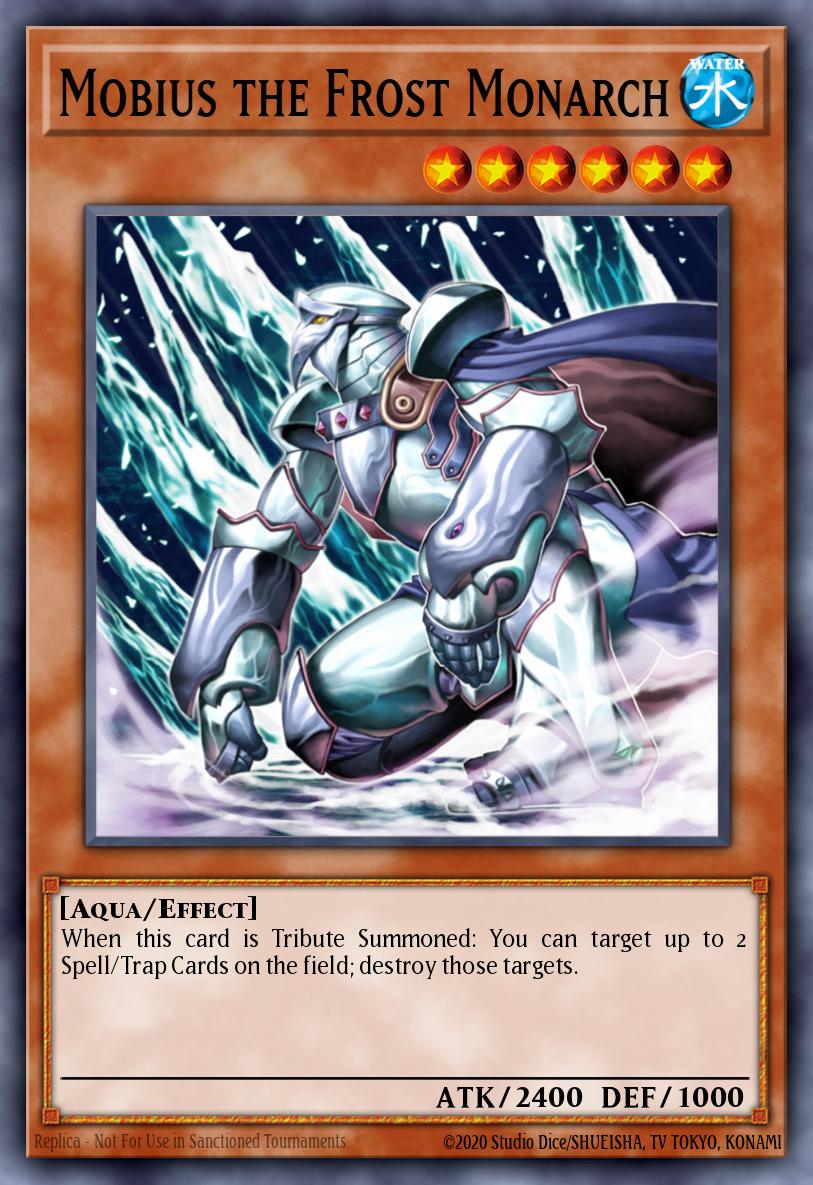
We now get to the more pure-ish variants of Monarchs. This is well before we got the proper support to put it all together as an archetype. No Monsters, Spells, or Traps to properly support this archetype yet. Instead we get a bunch of cards to keep up card advantage for you. This way you aren't behind in card advantage while supplementing your Tribute Summons. You got cards like Apprentice Magician or Gravekeeper's Spy to summon monsters from Deck. Cyber Dragon offers you a free Special Summon if you have no monsters, either for a 2100 beater or tribute fodder. Treeborn Frog keeps reviving itself, while Spirit Reaper is immune to battle destruction. There's a lot going on to make sure you're not losing card advantage while Tribute Summoning. The Deck over the years made use of all the best Monarchs: Zaborg, Thestalos, Mobius, Raiza, and Caius.
Gadget Monarch (2007)
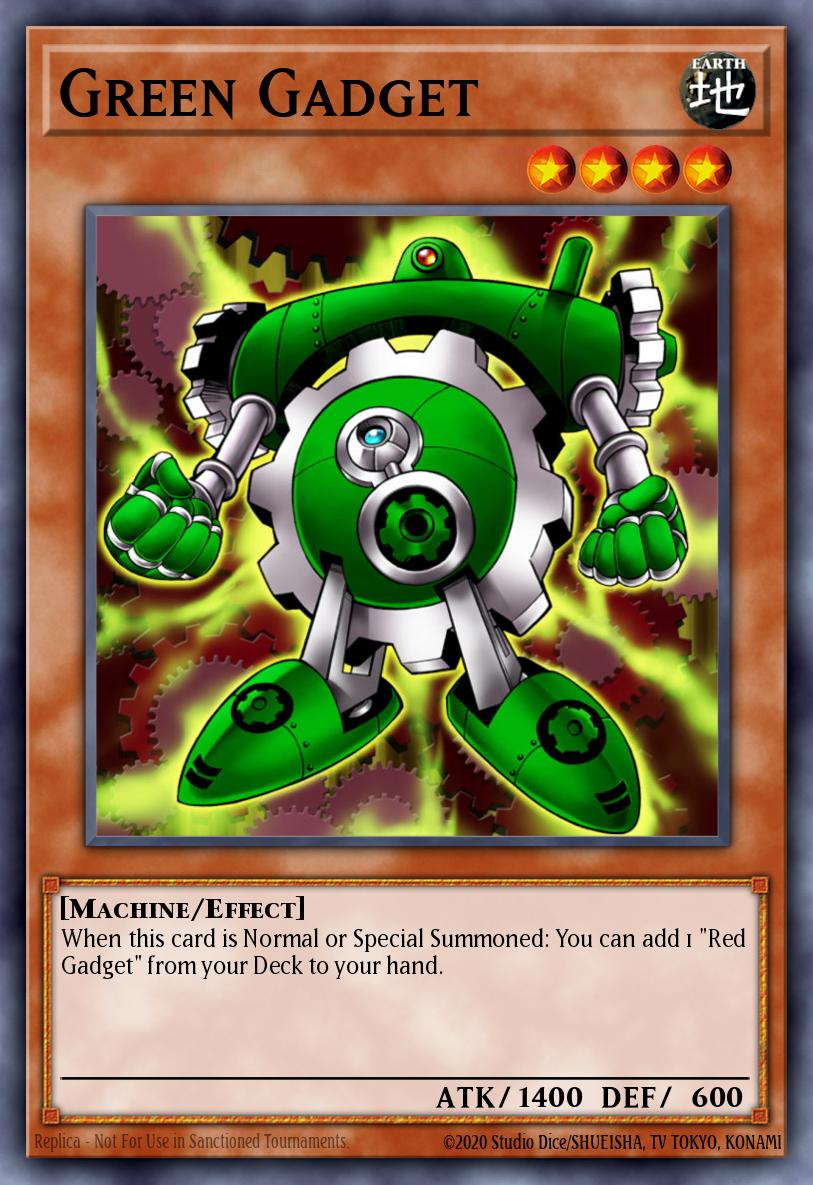
I did mention how good it was to have cards to help keep advantage while summoning Monarchs. A good set of cards to use for generating card advantage back in the day were the Gadgets. Red Gadget, Yellow Gadget, and Green Gadget were all good at keeping that advantage. This way, you make sure you aren't taking too bad of a minus, and keeping the Gadget for next turn means tribute fodder. At this point, you probably know what we're trying to Tribute Summon. Gadgets help get you to more cards while Monarchs take out the opponent's cards. You did throw in more cards, mostly because only having 3 Gadgets isn't enough to supplement your Tribute Summons. Therefore, you went to the standard stuff as well: Cyber Dragon, Treeborn Frog, etc. Still, a Gadget package is nice to throw in to work with Monarchs.
Destiny Hero Monarch (2007)
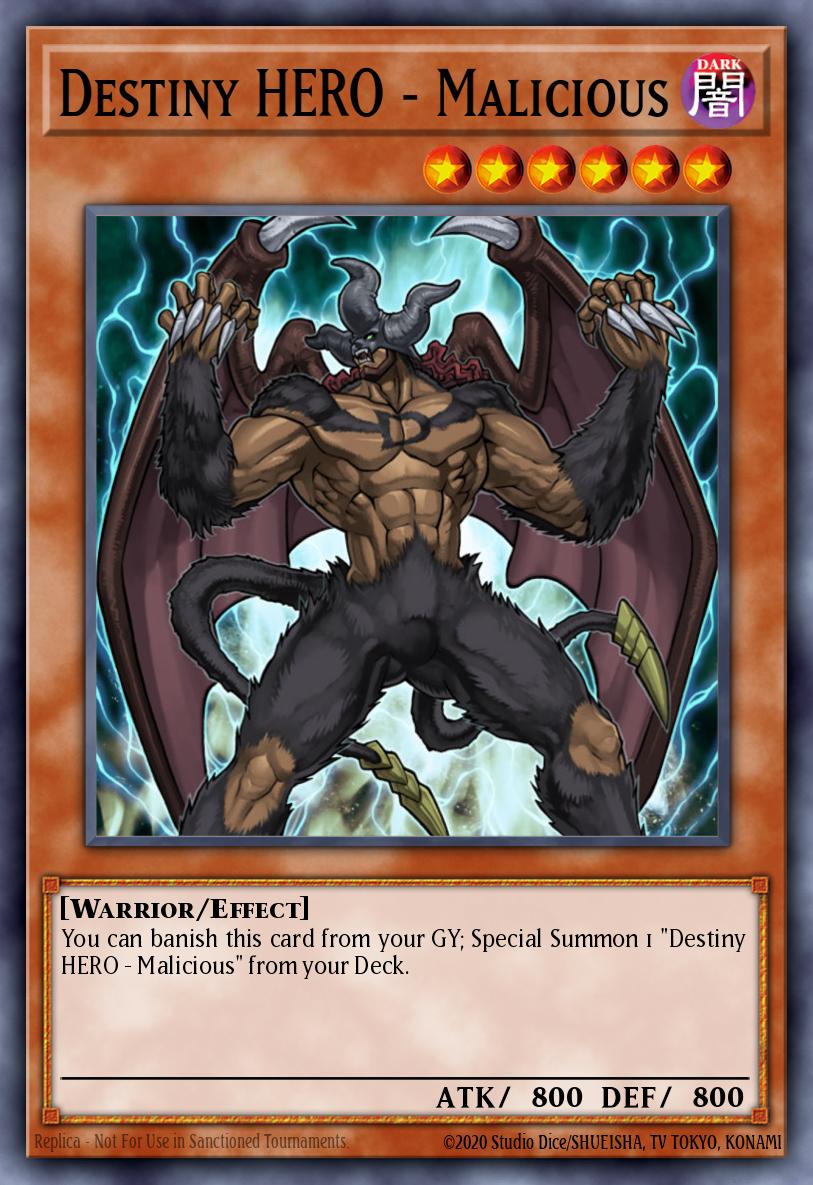
We aren't at Perfect Circle yet, but we are fairly close. Destiny HEROs are a package I've been over before, but they made for a good set of cards to use with Monarchs. Malicious can be 2 free monsters to be tribute fodder. You also got Fear Monger to revive your Destiny HEROs, mainly Disk Commander to get two free draws. This way you can make sure you draw into the Monarchs you want to Tribute Summon. You also had a good searcher for any of your Destiny HEROs with the powerful Elemental HERO Stratos. You can also get your Malicious or Disk Commander in grave with Destiny Draw. Consistency has been key so far in all of these Decks, and the Destiny HEROs offer some of the best consistency for this era. They're basically why Perfect Circle was able to work when that variant came around.
13 Gauge Monarch (2007)
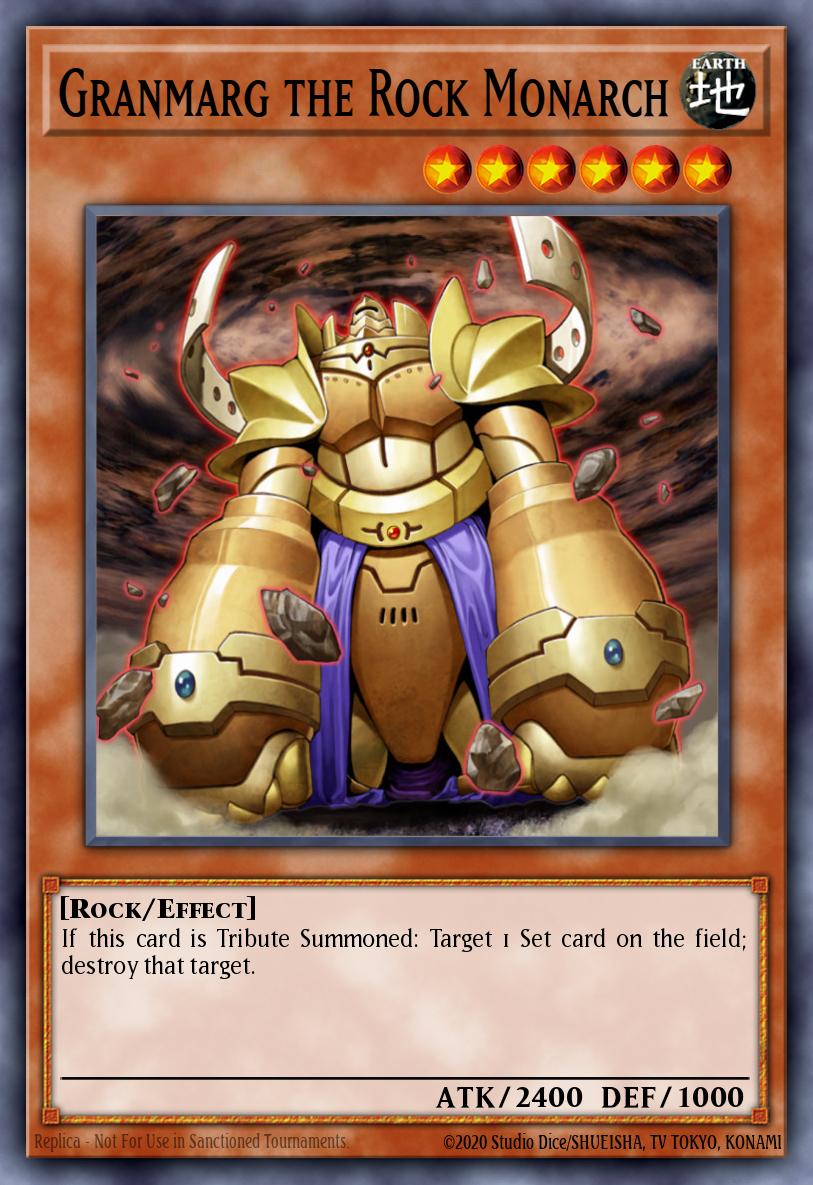
It's not often you see this back in the day, but this variation does something pretty unique. 13 Gauge decided to use all 5 of the Monarchs released at the time. You had 3 Raiza, 3 Thestalos, 3 Mobius, 3 Zaborg, but only 1 Granmarg. You basically had 3 of every good Monarch released, while you keep low Granmargs because the others do what he does, but better.
Besides the 13 Gauge, you had the standard package of monsters you used to supplement Tribute Summons and keep advantage. You had Cyber Dragon, Dekoichi, Gravekeeper's Spy, Sangan, Spirit Reaper, and Treeborn Frog. You also had a 14th Tribute Summon with your Jinzo for Trap negaiton if you needed. It's a one of a kind Deck in the archetype's history, and it deserved a mention, despite only being seen once in history, yet earning a 2nd place at a Nationals.
Trooper Monarch (2007)
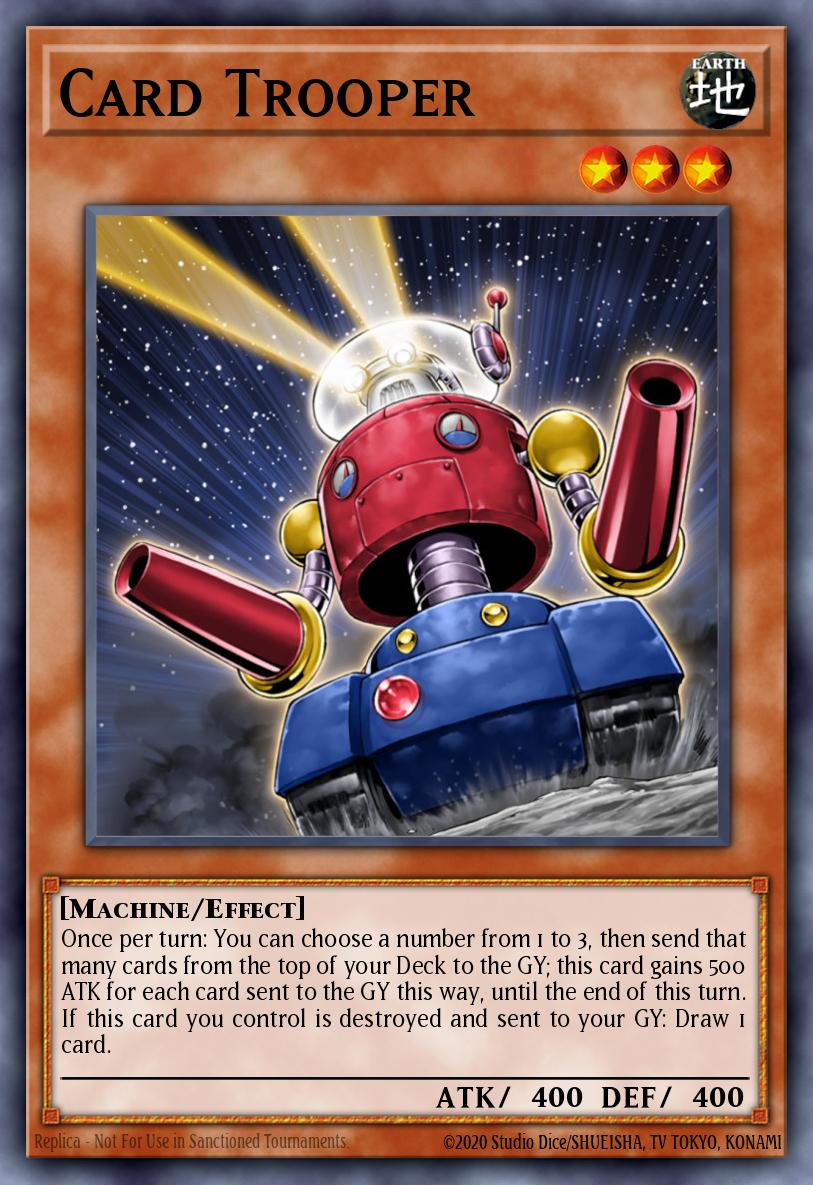
Card Trooper was a pretty defining card of 2007. We know of the classic Troop Dupe Scoop, but there is another Trooper variant worth mentioning. Card Trooper is a good monster to summon that the opponent wouldn't want to destroy. If they do, they are willingly giving you a free draw. This makes the card more likely to survive until your next turn for a Tribute Summon. Card Trooper also helped you mill the Deck to help rush Treeborn Frog in the grave, which is another good card for tribute fodder. Also, it has the combo potential of Machine Duplication. Overall a fairly successful variant of Monarchs in 2007.
Volcanic Monarch (2007)
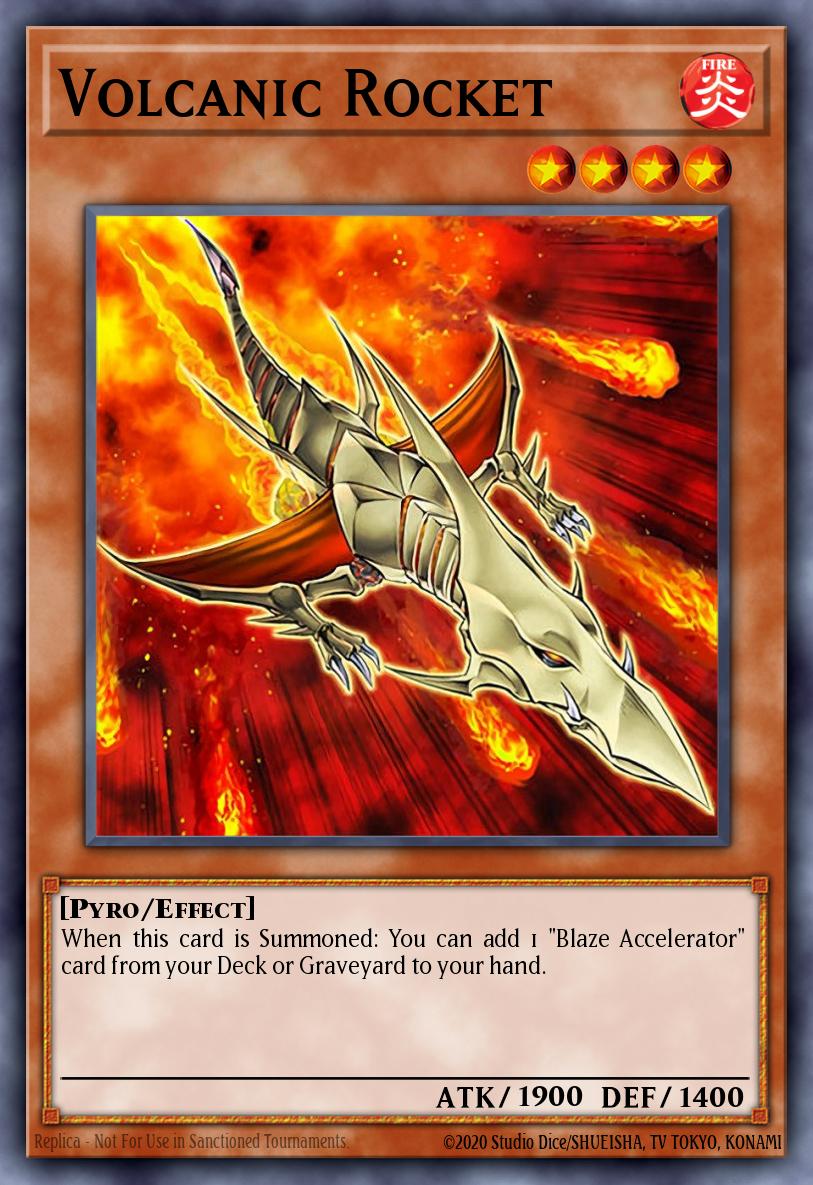
A unique version of Monarchs helped give one of the early tournament success stories for the Volcanic archetype. Volcanic Rocket is a good Normal Summon to keep advantage going since it gets Blaze Accelerator from Deck or grave. Rocket's 1900 ATK is also fairly respectable to rely on keeping alive for a turn for tribute fodder. Another card you might use for fodder if it survives is Volcanic Shell. Shell works with Blaze Accelerator while also letting you pay 500 LP to search another Shell from the Deck if it's already in grave. Getting consistent access to Blaze Accelerator also means you can rely on potentially resolving Wild Fire for a field nuke, while also providing a token to tribute. Also, Rocket getting Accelerator from grave offers some good Snipe Hunter synergy on top of the Shells you might want to discard. It's a cool Deck that keeps the plusses going over the span of a Duel, making sure you have the cards needed for Tribute Summons.
Perfect Circle (2007 - Jan 2008)
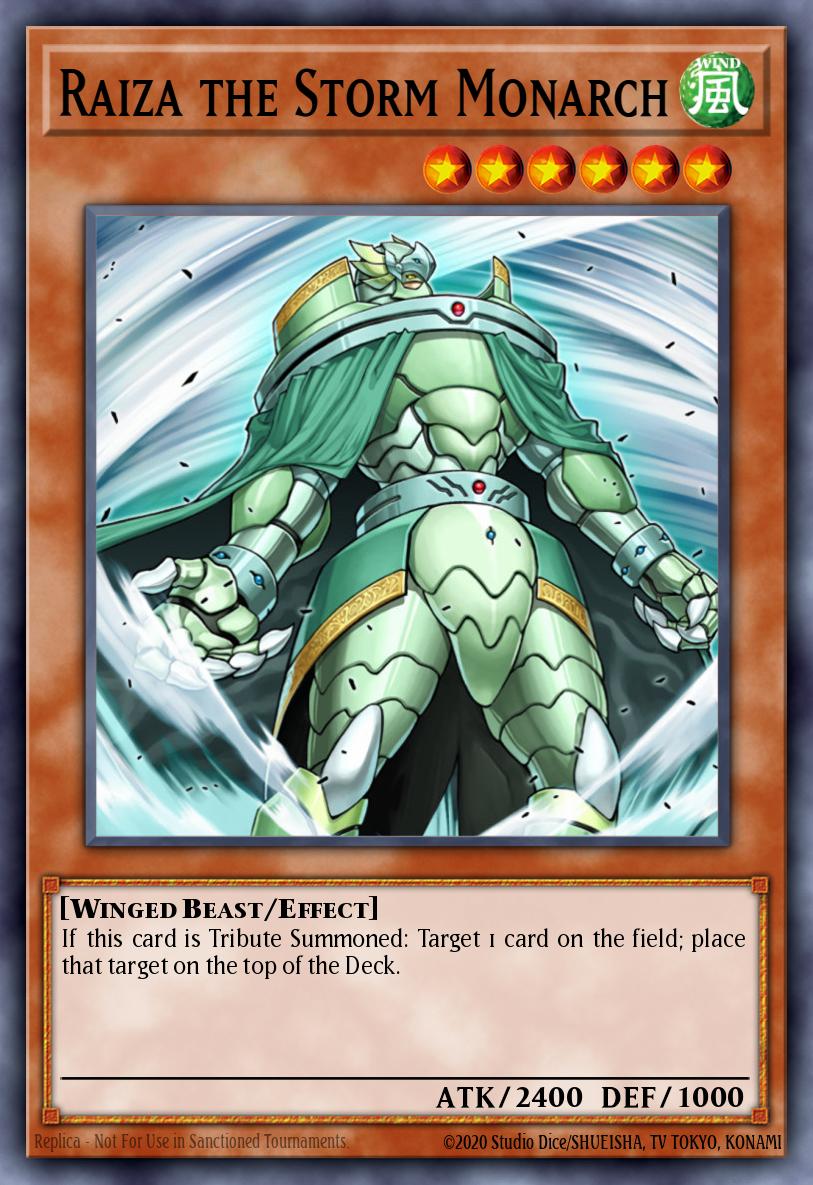
The Perfect Circle has arrived with all the power cards it offers. You get all the power the Destiny HERO package offers. All the previously mentioned cards, alongside the later addition of Destiny HERO - Plasma. You also had the other good Normal Summons besides Stratos with Card Trooper and Breaker the Magical Warrior. Mystic Tomato can also be a good floater to your best DARK monsters like the Destiny HEROes, Spirit Reaper, Sangan, or Snipe Hunter. The Monarchs were the big Tribute Summon in the Deck unless you used Light and Darkness Dragon, one of the strongest two-tributes ever. Everything came together pretty well for a powerful Deck as one of the last powerhouses in the pre-Phantom Darkness era.
DAD Monarch (2008)

Dark Armed Dragon was undisputedly the defining card of 2008. Phantom Darkness as a whole made most of the year focus on DARK-based Decks. Monarchs would have to adapt to this and start getting more DARK based as well. Luckily around the same time, we got Caius the Shadow Monarch for a DARK version of the cards we know and love. Caius easily has one of the best removal effects of the Monarchs, making it the most common Monarch you'd see now instead of Raiza.
You also needed the other DARKs to support Dark Armed Dragon. D.D. Crow is an easy DARK to get in grave while interrupting the opponent's grave. Other DARKs are what we're used to at this point: Sangan, Dekoichi, Gravekeeper's Spy. Also, Mask of Darkness was a common card in some Monarch versions, more noteworthy now for being DARK and recovering power Traps like Crush Card Virus. You wanted all these DARKs to get to your Dark Armed Dragon's requirement of 3 DARKs in grave. All the DARK monsters also meant Allure of Darkness for added consistency. Monarchs luckily adapted to the new DARK-based format that Phantom Darkness brought, which Caius was able to help.
Prime Monarch (2008)
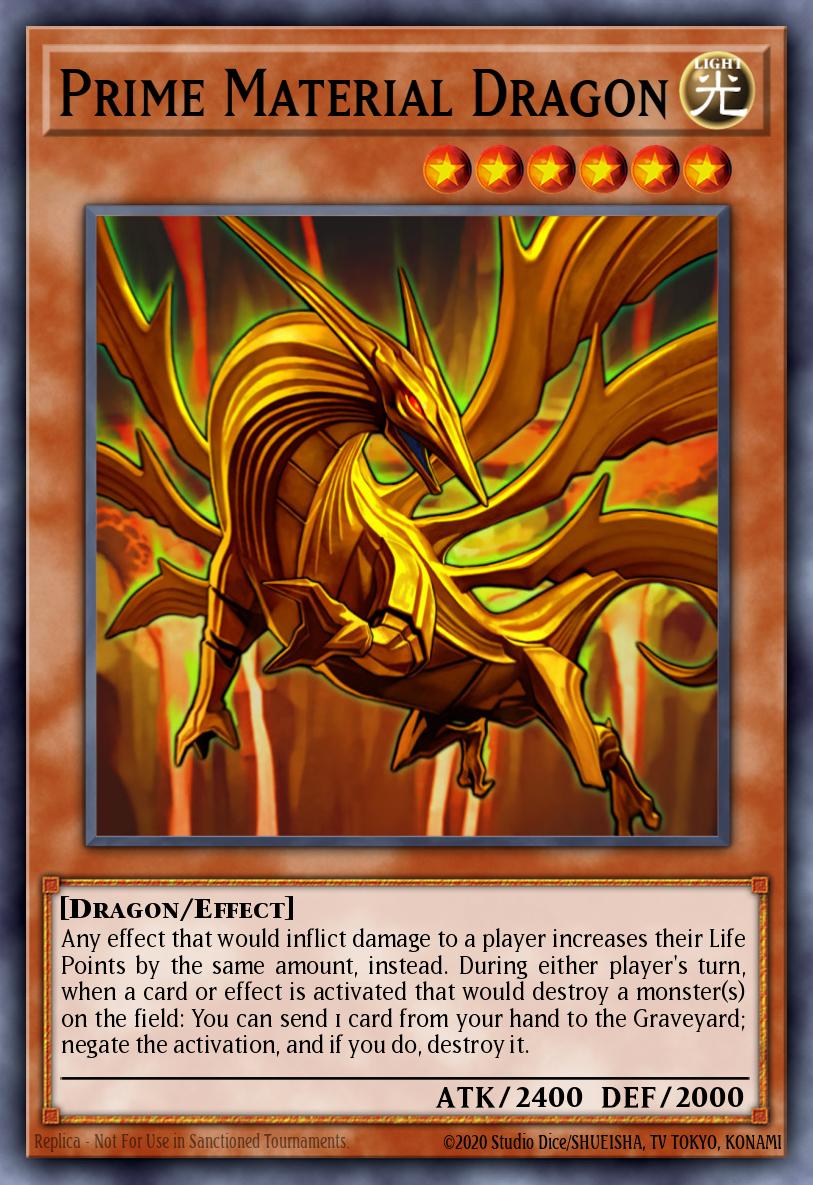
Not to be confused with the card of the same name, this variant of Monarch made use of a new card in Phantom Darkness: Prime Material Dragon. Prime Material is a pretty good counter to many of the monster destruction cards in any format, since it can discard a card to negate them. This means the effects of cards like Raiza, Dark Armed Dragon, Smashing Ground, Mirror Force, and many more are useless in front of Prime Material. All of this while you use cards to defend your Prime Material from stronger monsters.
You had the aforementioned Mirror Force on top of Book of Moon, Bottomless Trap Hole, Royal Oppression, Solemn Judgment, and Trap Dustshoot to stop stronger monsters from coming down. You could also Soul Exchange or Brain Control to steal stronger monsters to get Prime Material on board. Prime Material also countered any burn card with its effect. Prime Material was good for controlling the game while the Monarchs are good for their effects on summon. Monarchs adapted well by adopting Prime Material to the Deck.
Frog Monarchs (2010 - 2014)
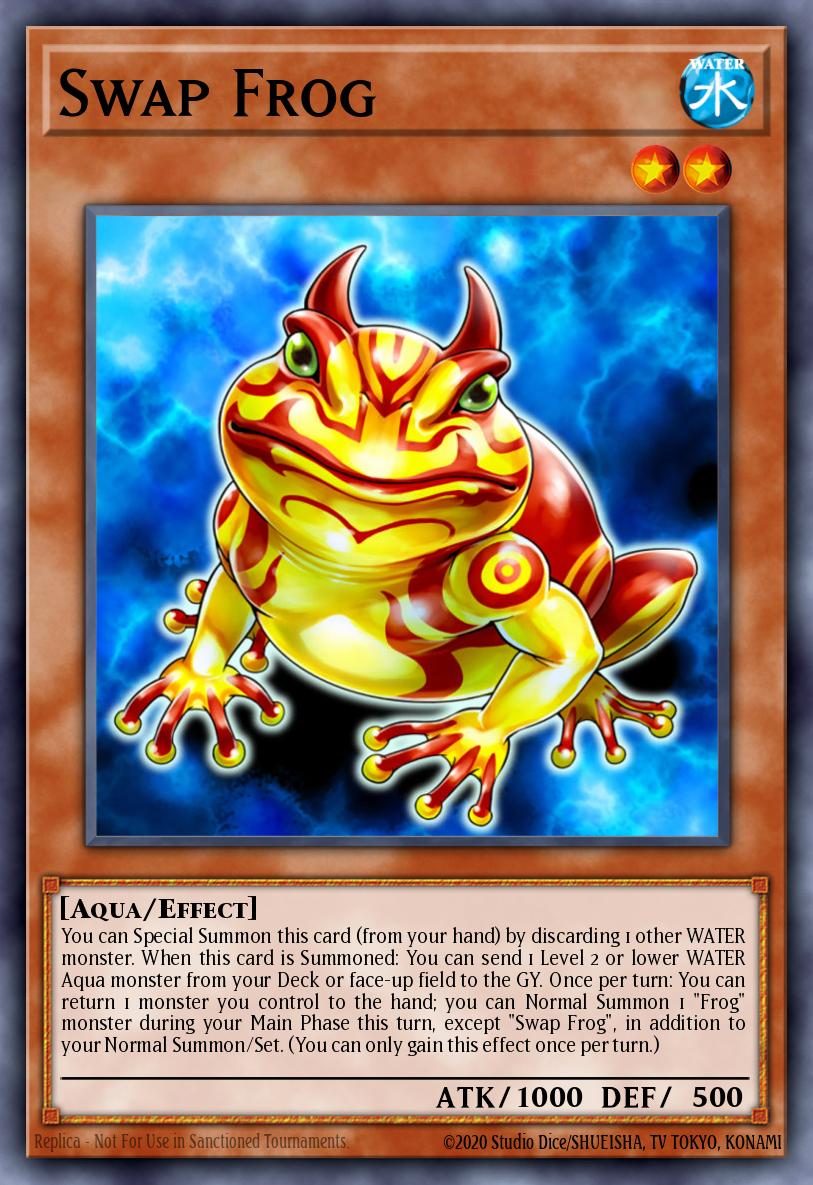
One of the final Monarch variations, Frogs were a famous engine to use with our favorite tribute monsters. When they had Substitoad, you had quick access to all your Frogs in your Deck for easy thinning. Swap Frog was a good summon either way to dump Treeborn Frog or Ronintoadin for them to revive themselves. Treeborn Frog was probably the best target due to its synergy with Enemy Controller in the Standby Phase. The Deck was able to provide fast and easy tribute fodder for your Monarchs.
You could also have a backup strategy with Fishborg Blaster to go into Synchro Summons with great ease. At the very least, you can summon Formula Synchron to try and draw your Monarchs as soon as possible. You could get two monsters on the field as well if you wanted to summon Light and Darkness Dragon. You also had protective cards from direct attacks like Battle Fader, Tragoedia, and Gorz the Emissary of Darkness being useful in the Deck. Gorz fit in perfectly since you didn't want too much backrow due to trying to use Treeborn Frog. Before the Structure Deck, it was easily one of the best Monarch variants.
Tribute Stun (2014)
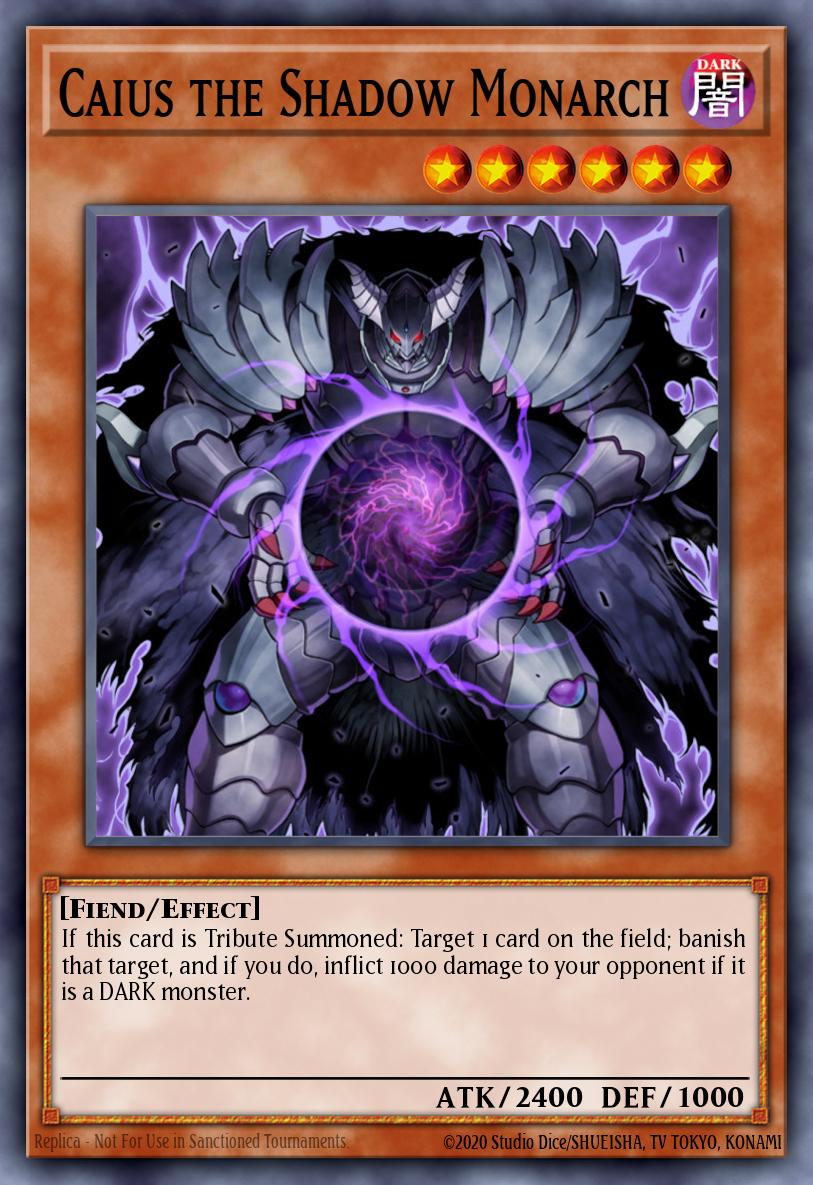
The final Monarch variant to top around Duelist Alliance and until the Monarch Structure Deck was released, Tribute Stun is pretty interesting. Caius is the only Monarch in the Deck, but we have the two honorary Monarchs in the Deck with Vanity's Fiend and Majesty's Fiend. Both Fiends are very strong with their lockdown effects from Special Summoning or monster effects. Cardcar D was the only other monster, and you always tributed that for draw 2.
You mainly relied on cards like Fiend's Sanctuary, Soul Exchange, or The Monarchs Stormforth for your Tribute Summons. You mainly wanted to get the Fiends out, which is why you had consistency like the aforementioned Cardcar D on top of 3 Pot of Duality and 3 Upstart Goblin to be as consistent as possible.
The Fiends were good enough to be near win conditions to lock some of the DUEA Decks down, but having Caius made for a good removal option if needed. Royal Decree also shut down Traps. March of the Monarchs also protected your Fiends to make them difficult to out. It's a pretty linear way for the Deck to go out by just locking the opponent down, but it was successful at least.
Conclusion
Overall the Monarchs had a ton of success over the years, mainly from 2005 to 2014. Besides their swan song in some of the DUEA Decks like Burning Abyss and Shaddoll, the classic Monarchs were near done post DUEA. Raiza, Caius, and Mobius at least got that run in DUEA Decks. They were all done once the Structure Deck came out and only some of the Mega Monarchs saw niche play in modern Monarchs. Next time, we'll look at the post Structure Deck version of the Monarchs and see how the modern cards did to add to the archetype's legacy. Even if the old Monarchs are done for good in the meta, they left a massive impact in the game's history.

